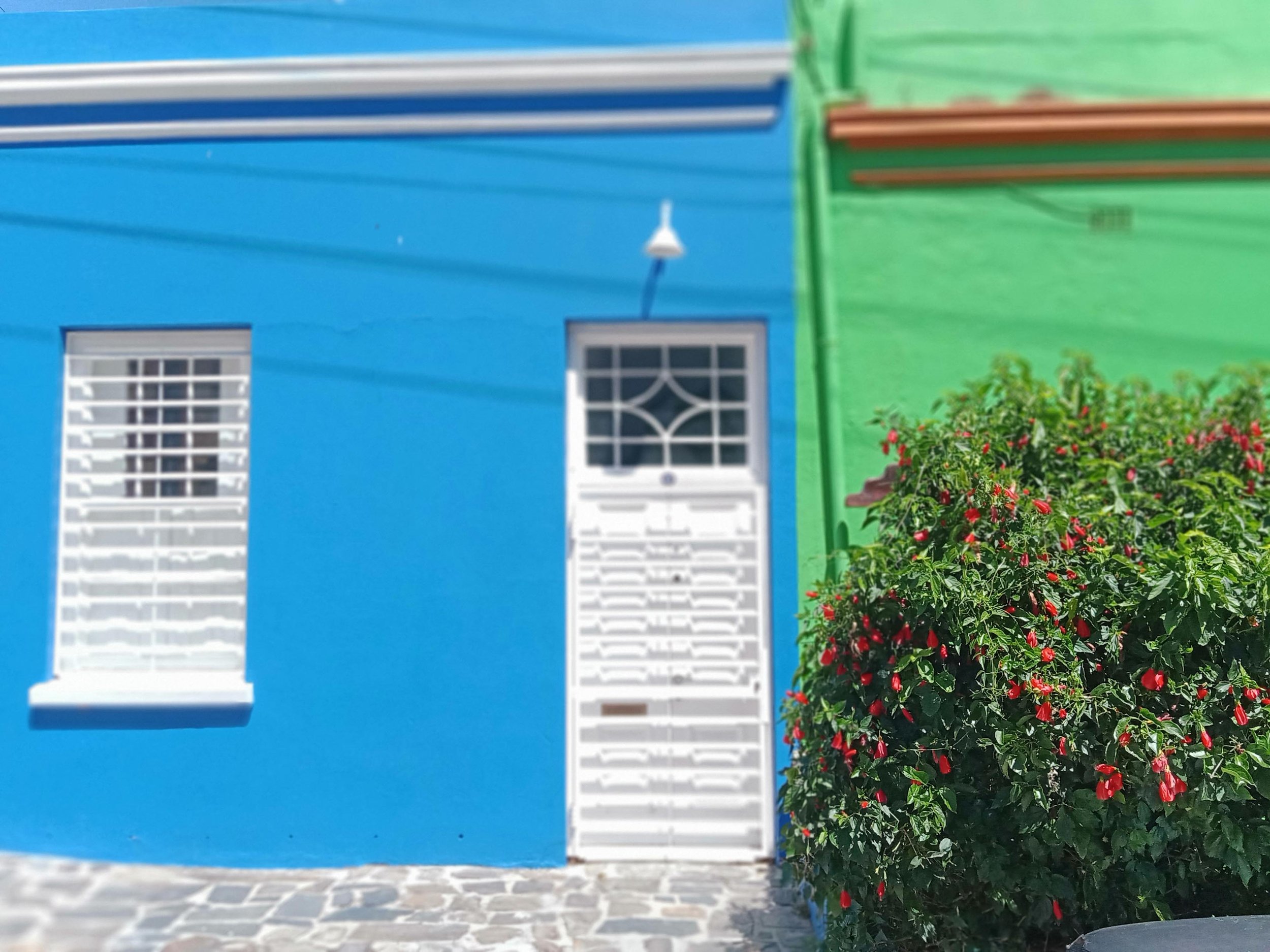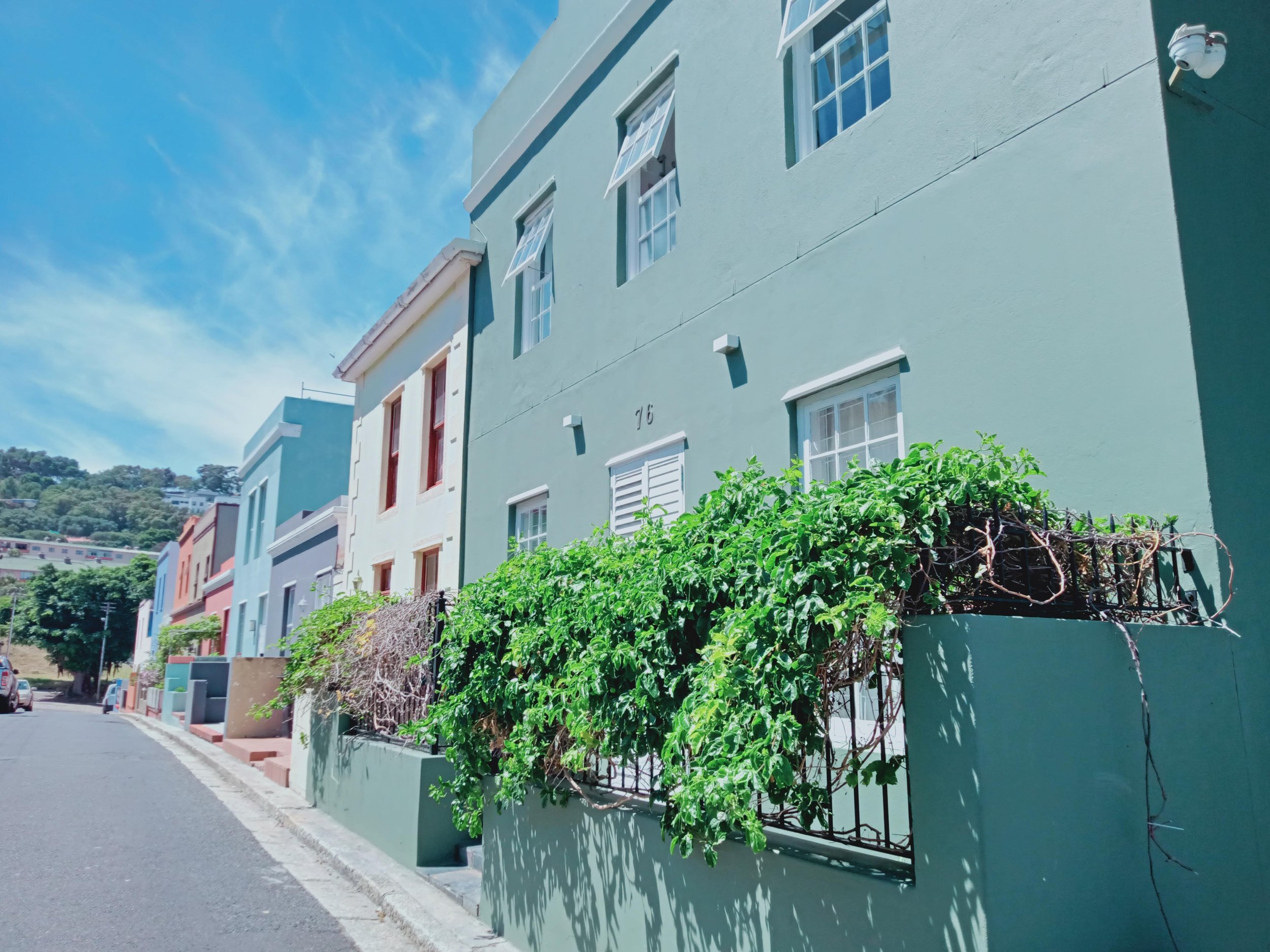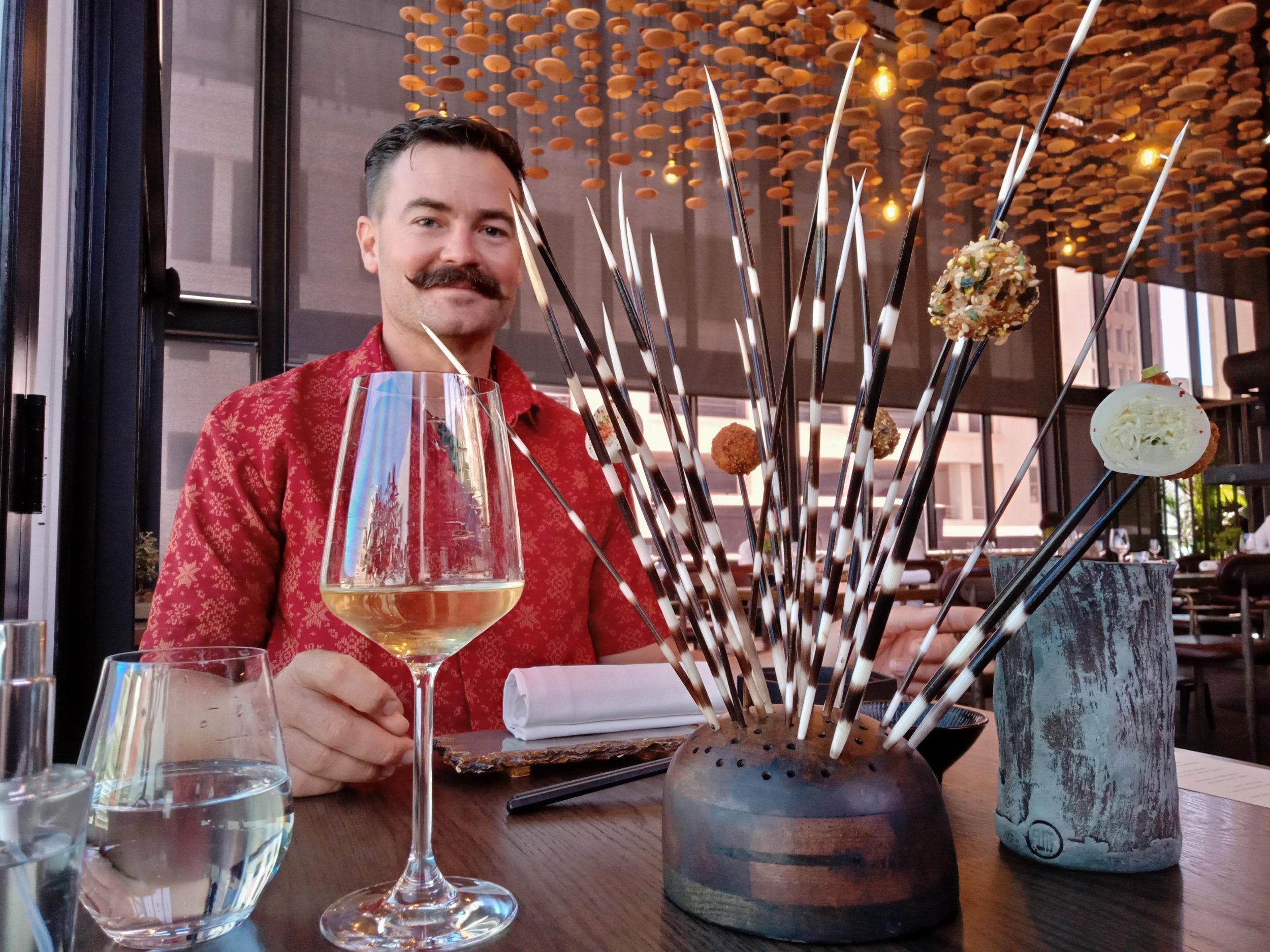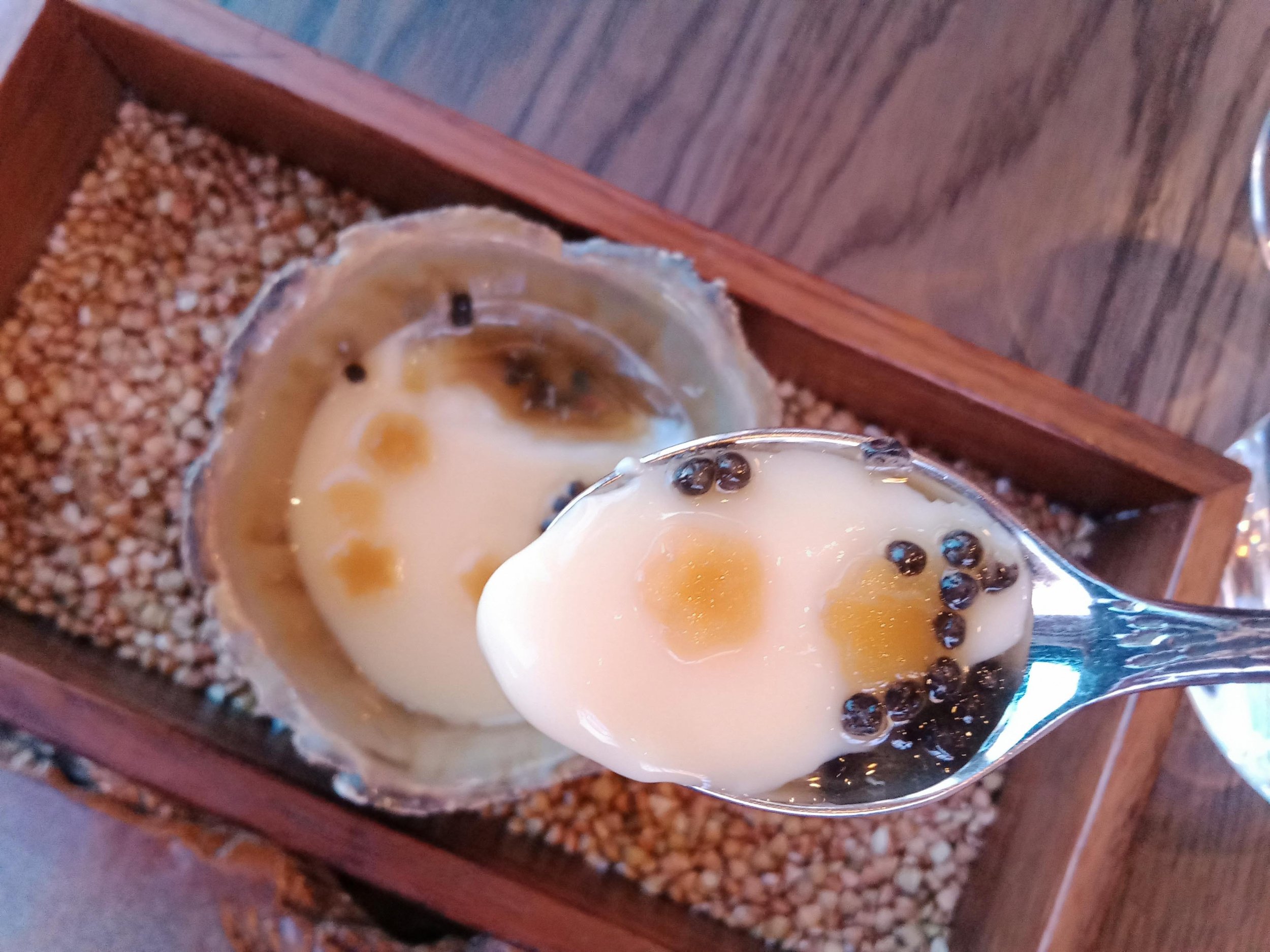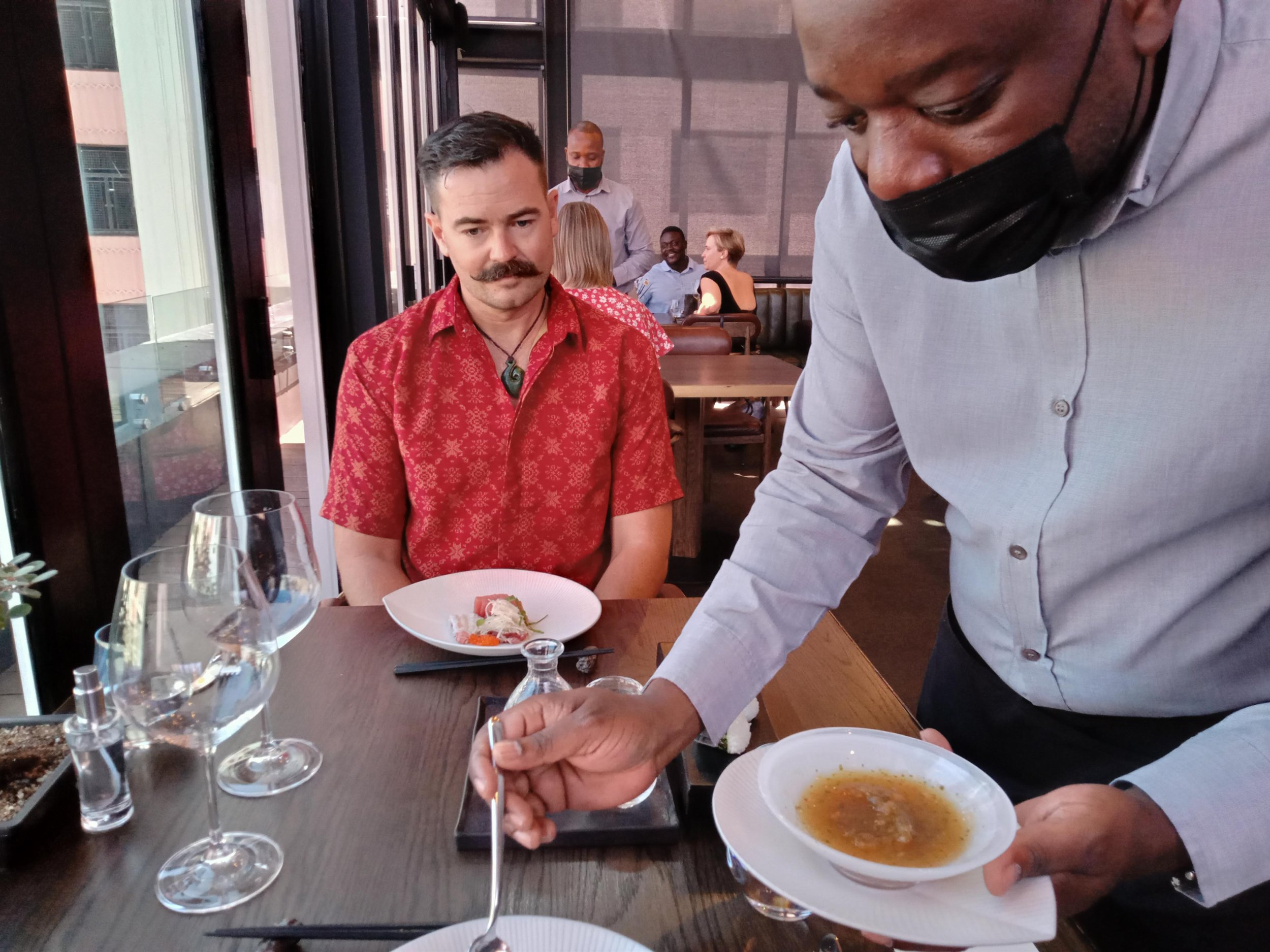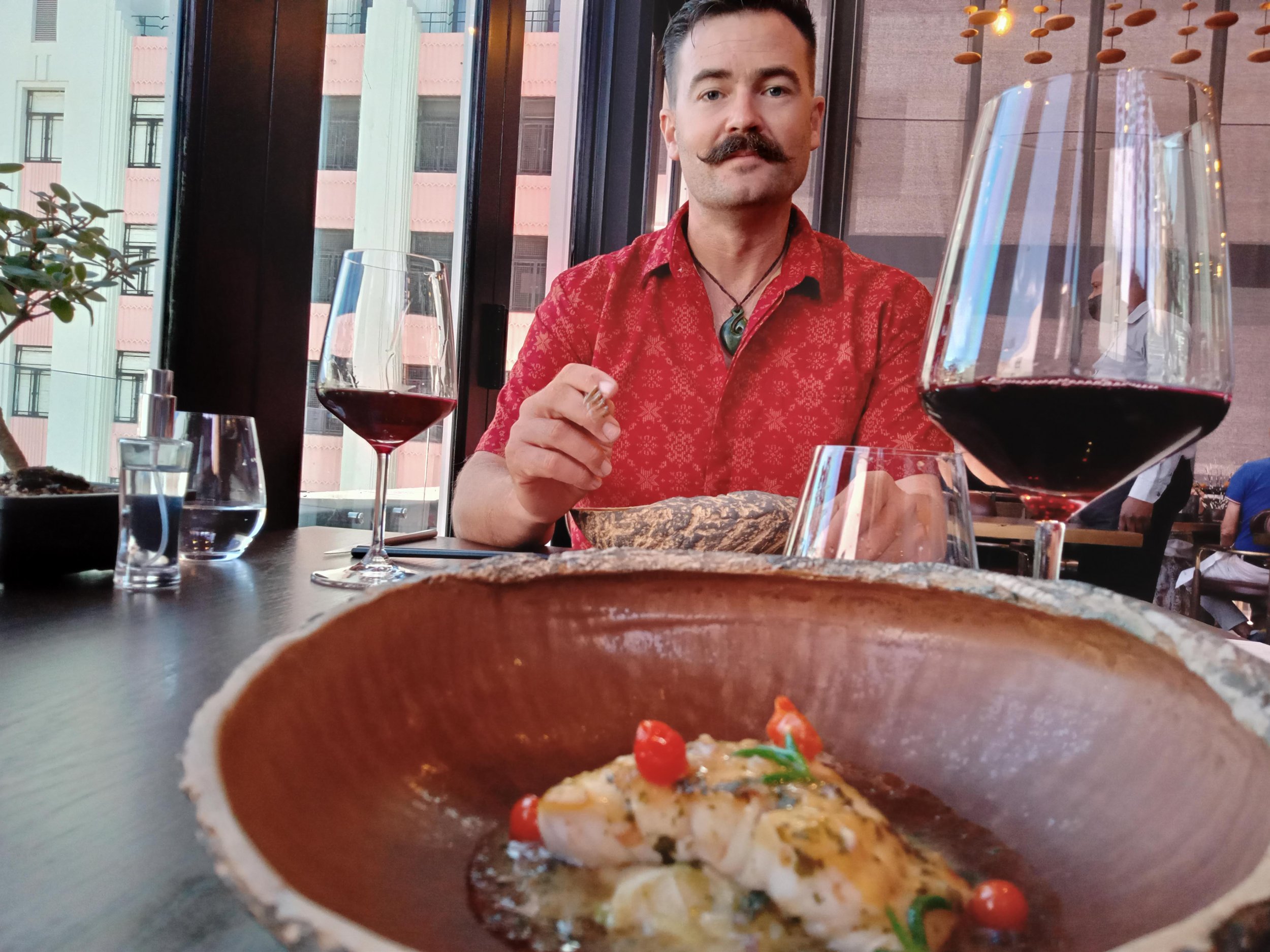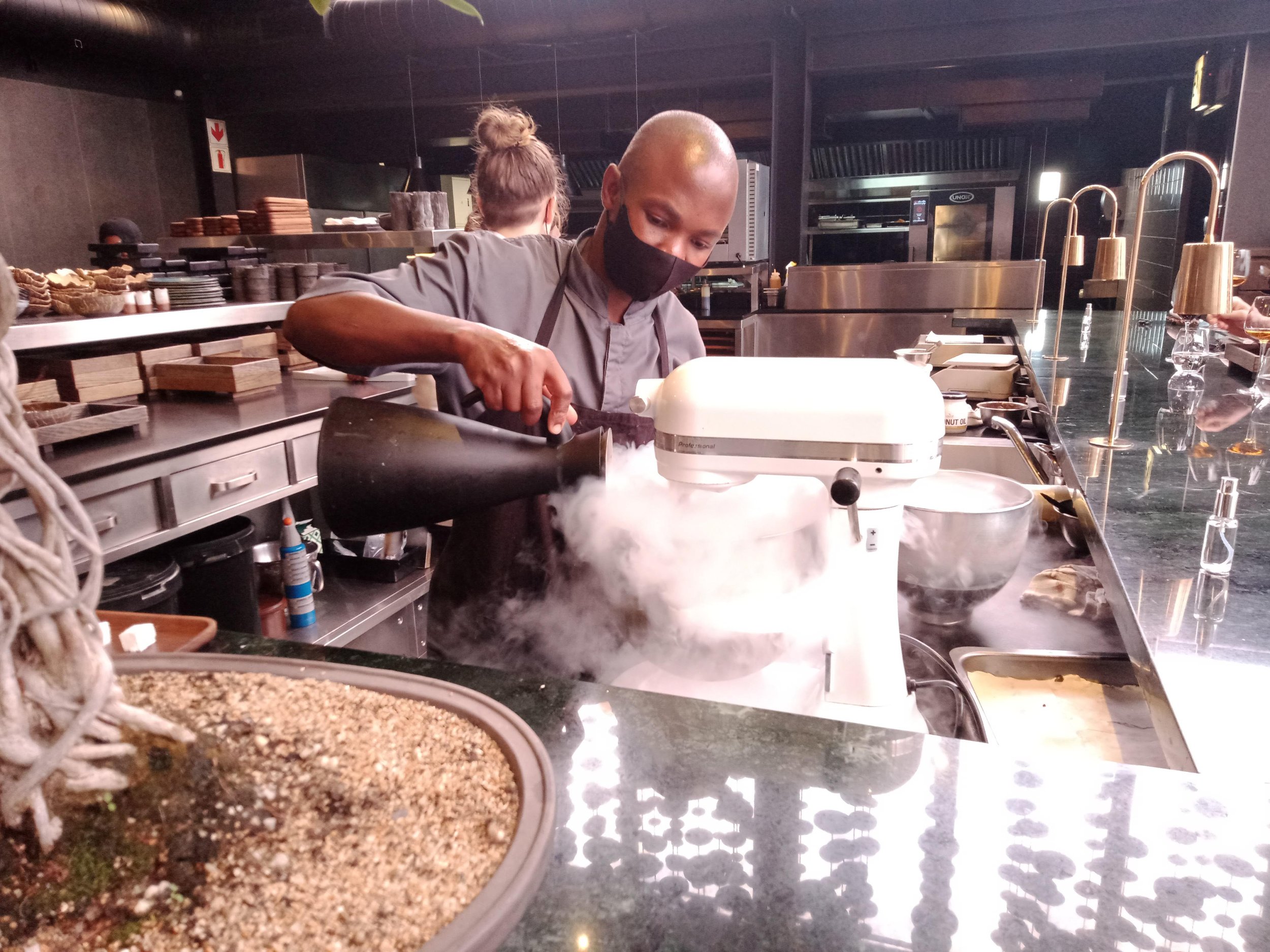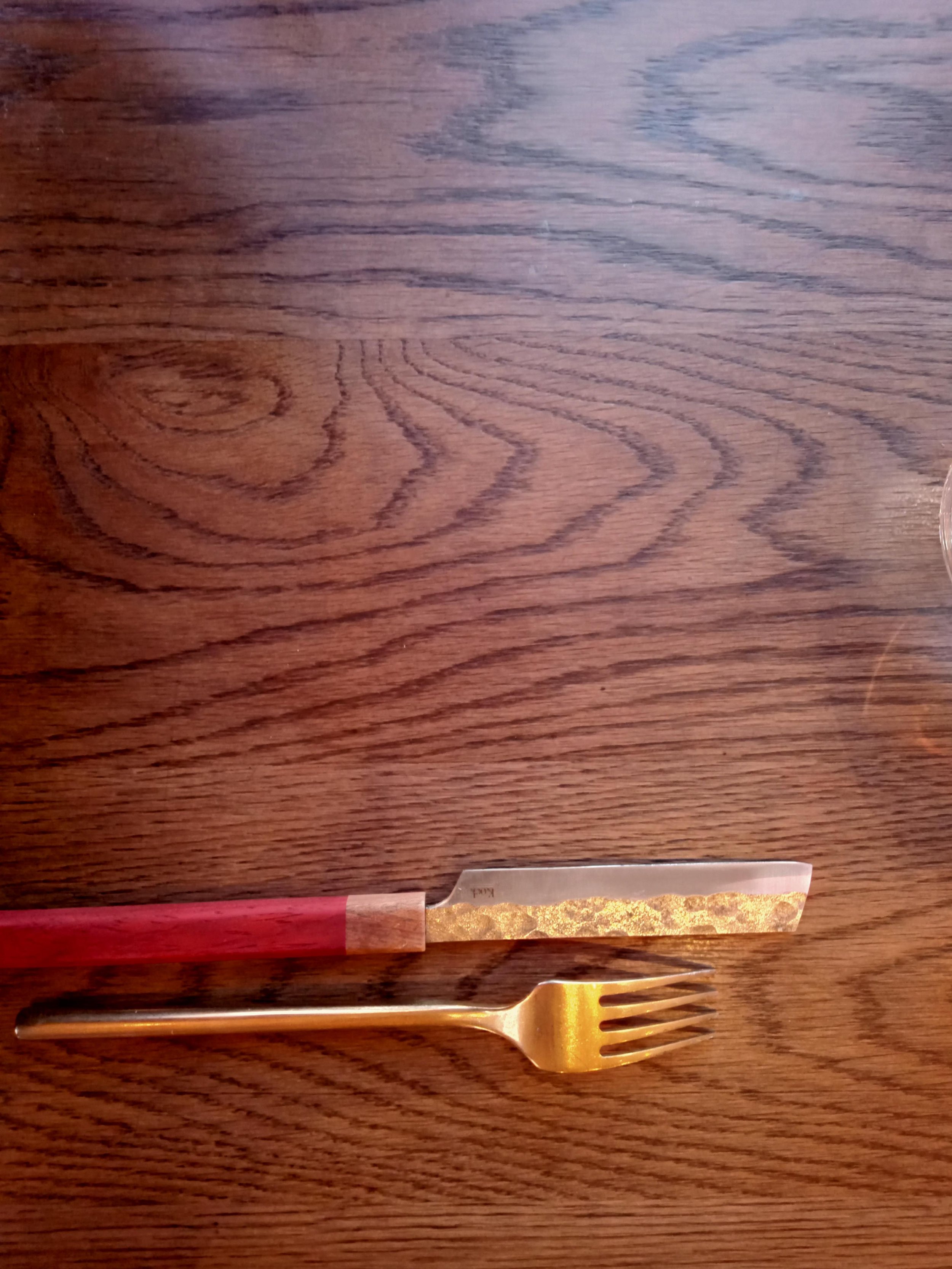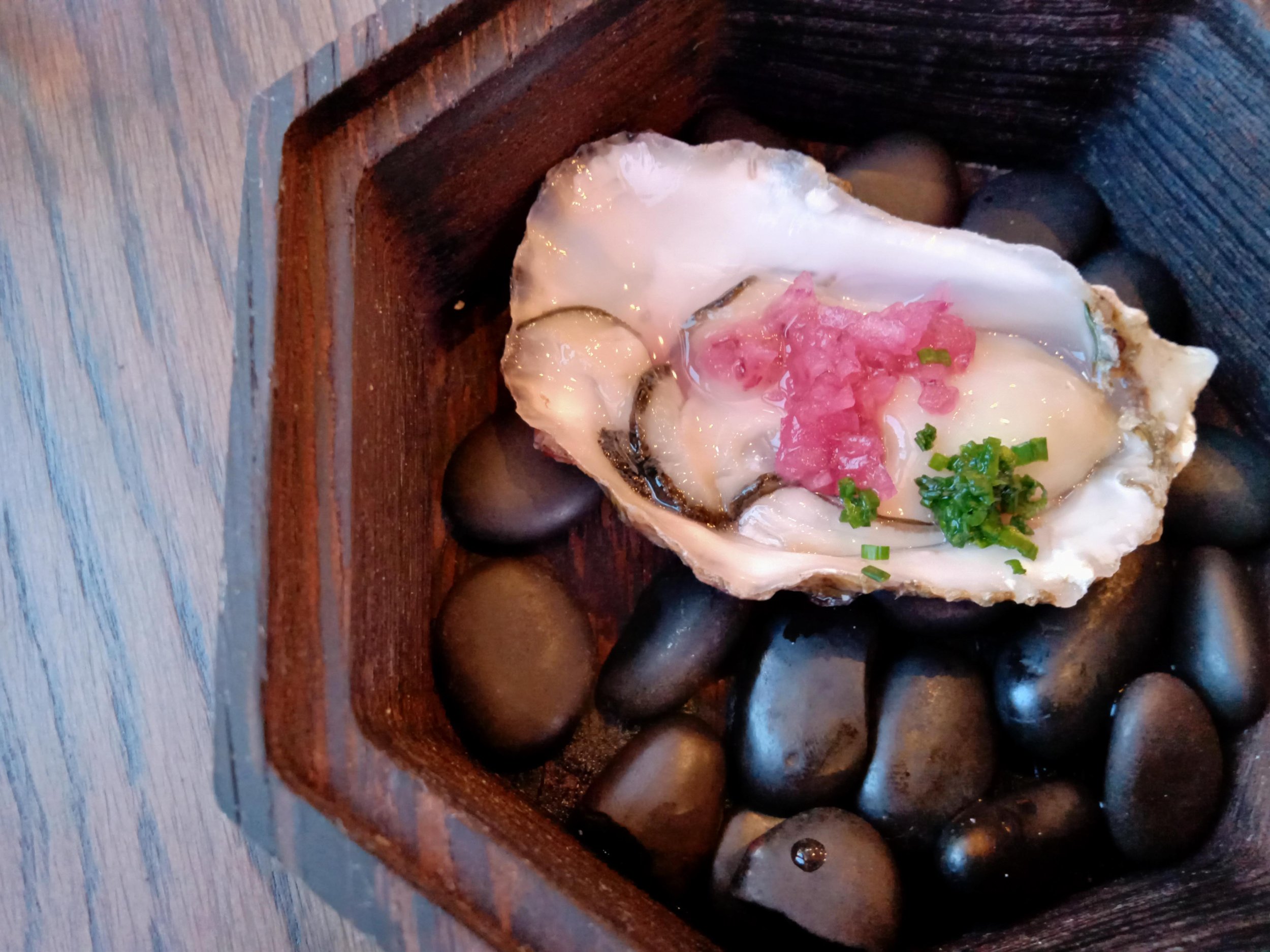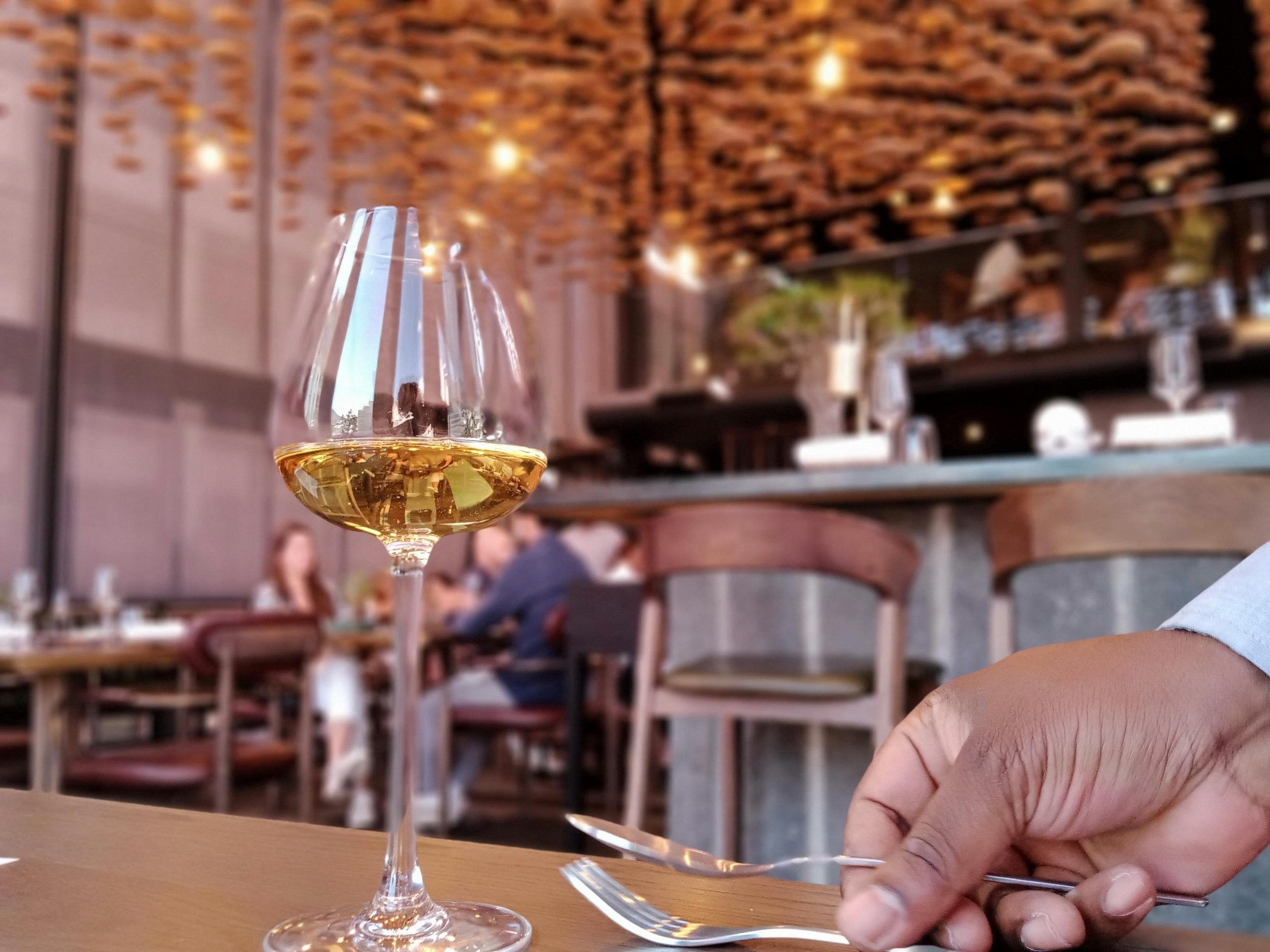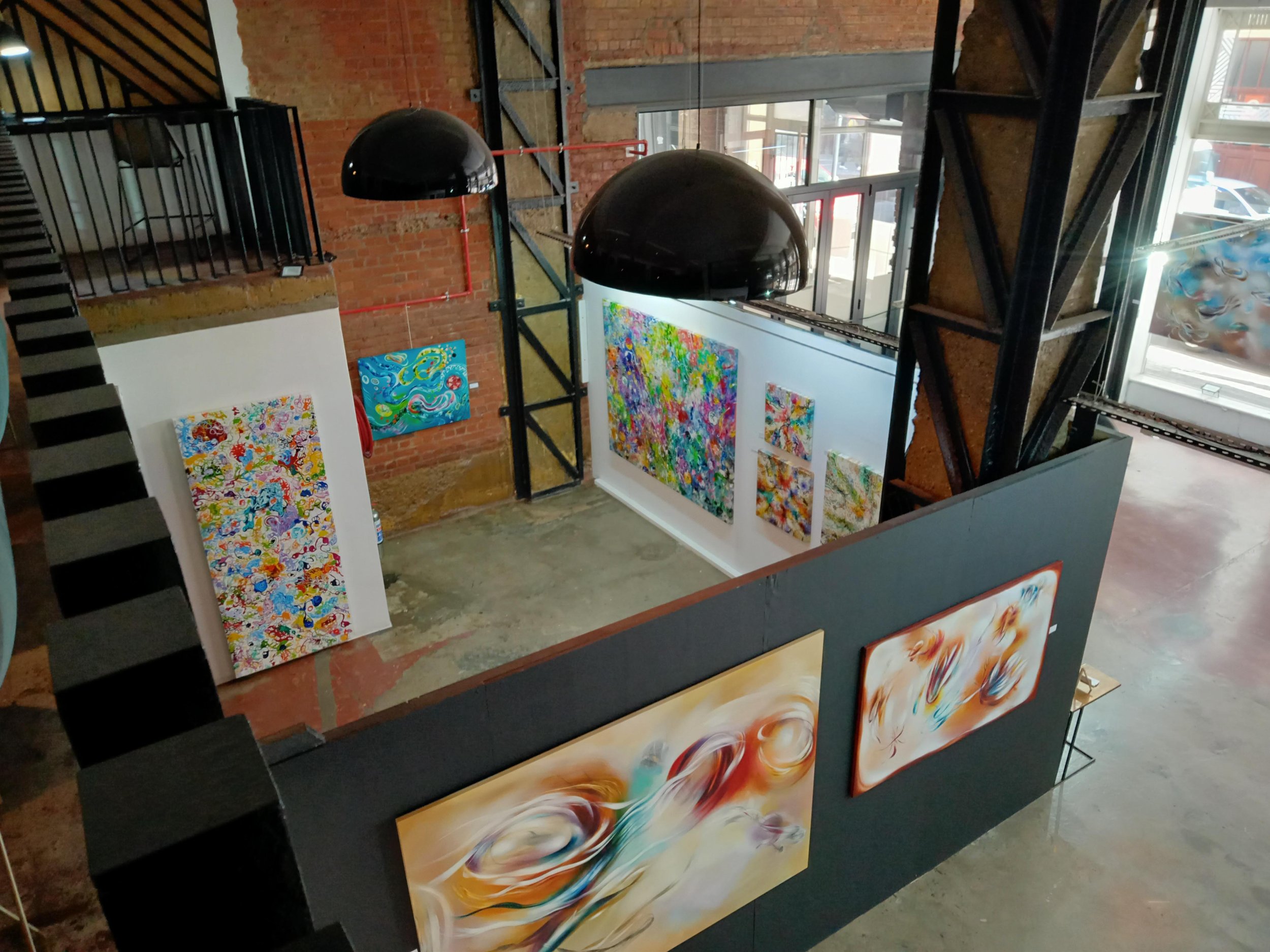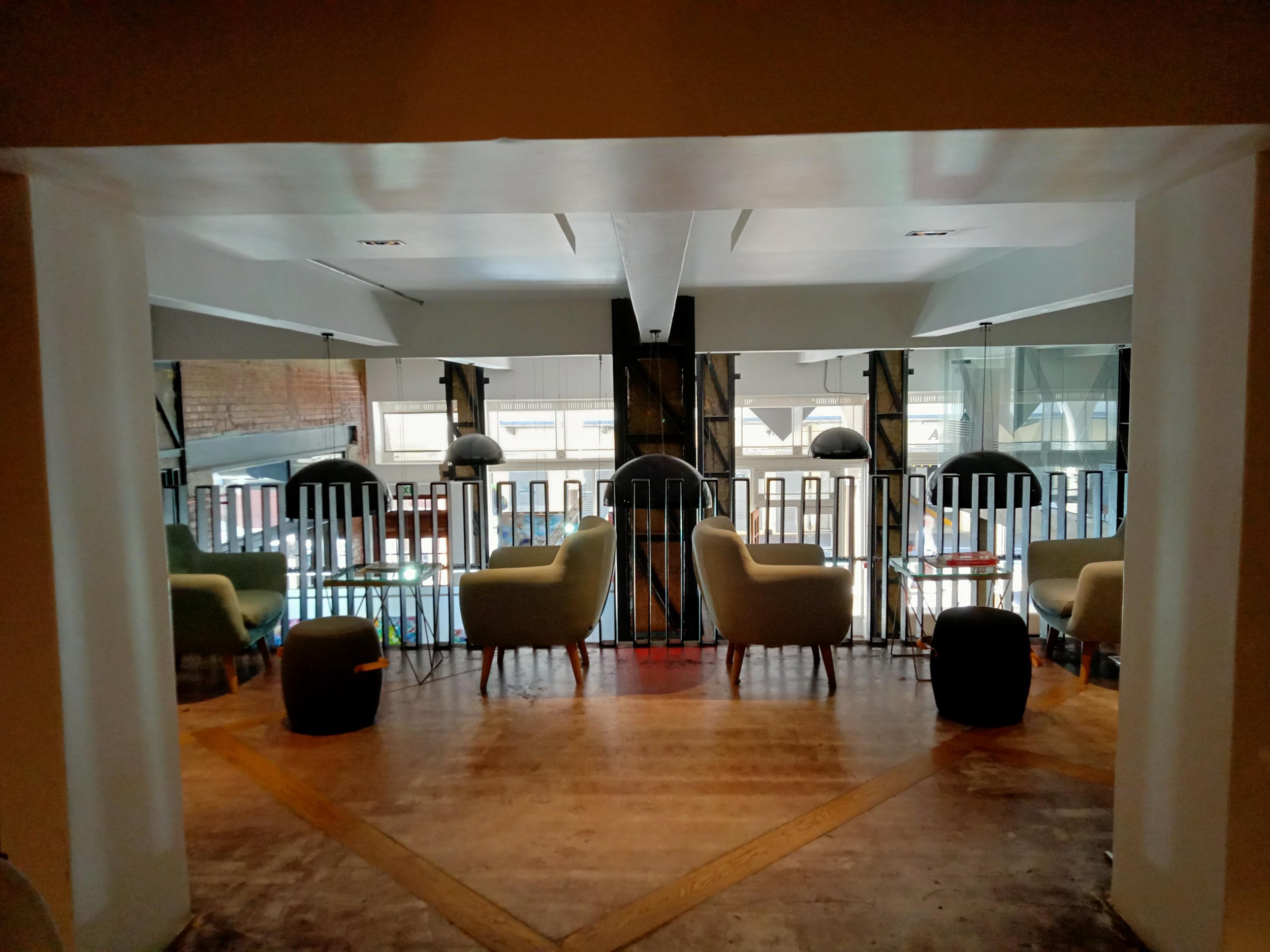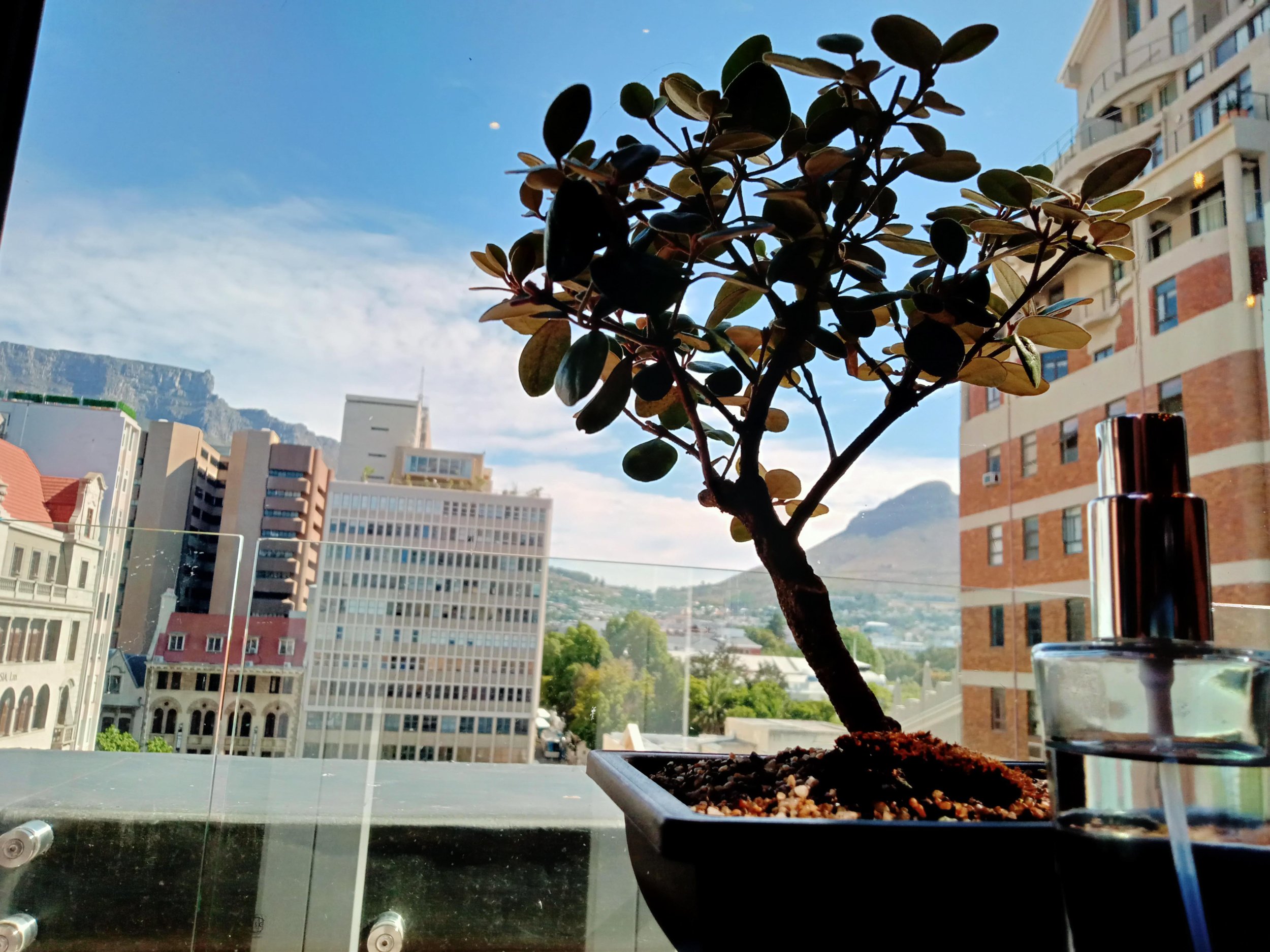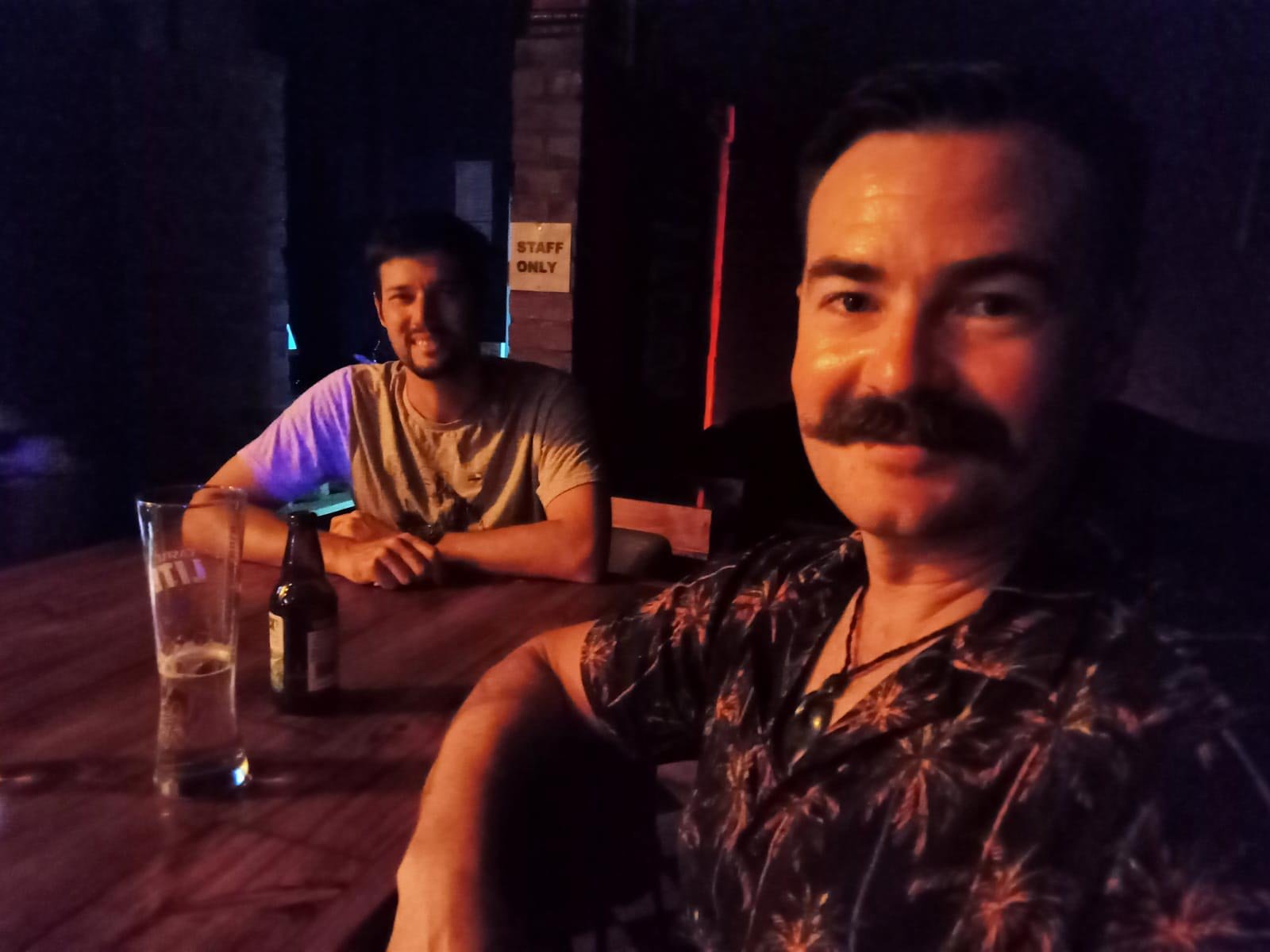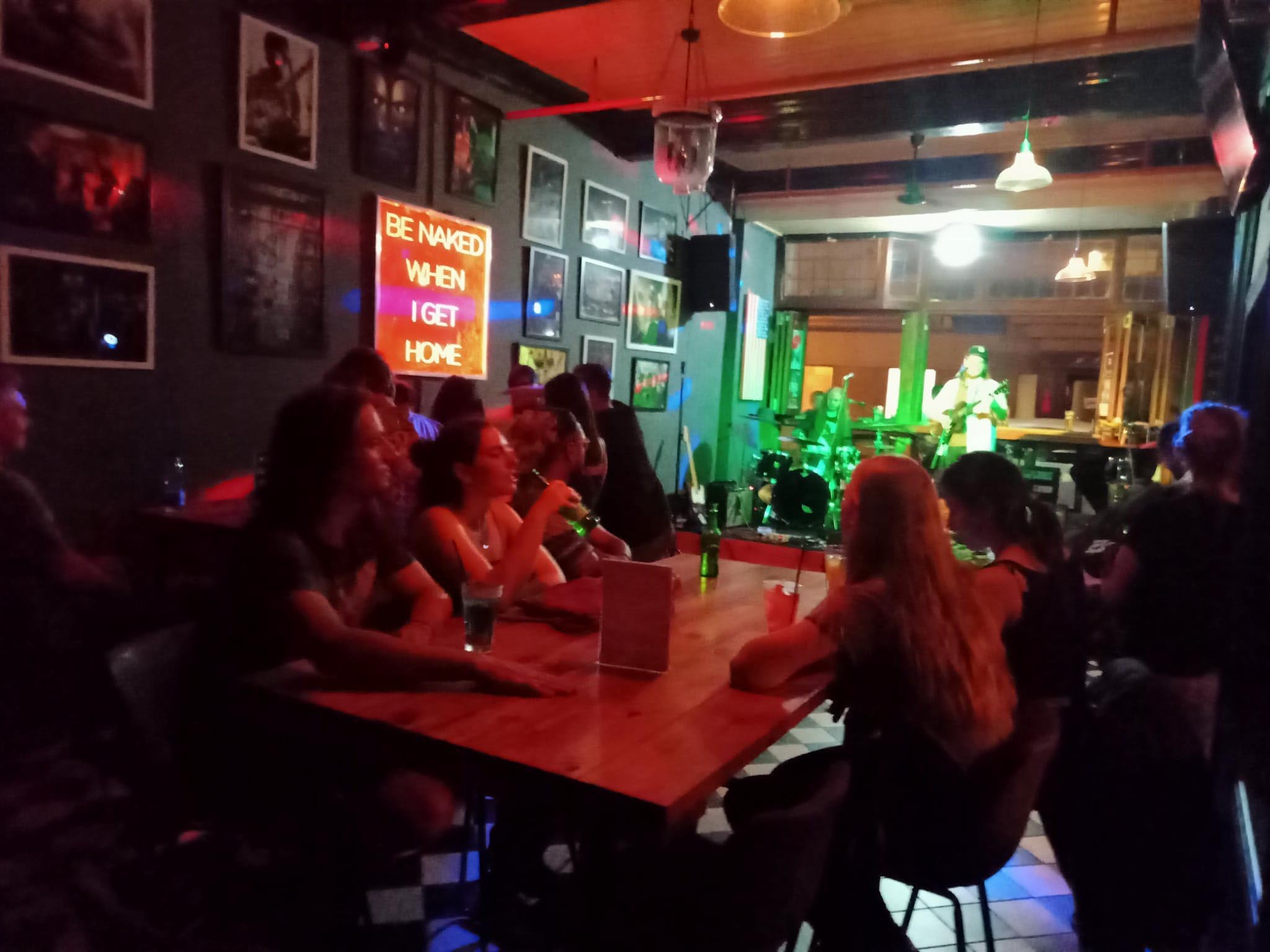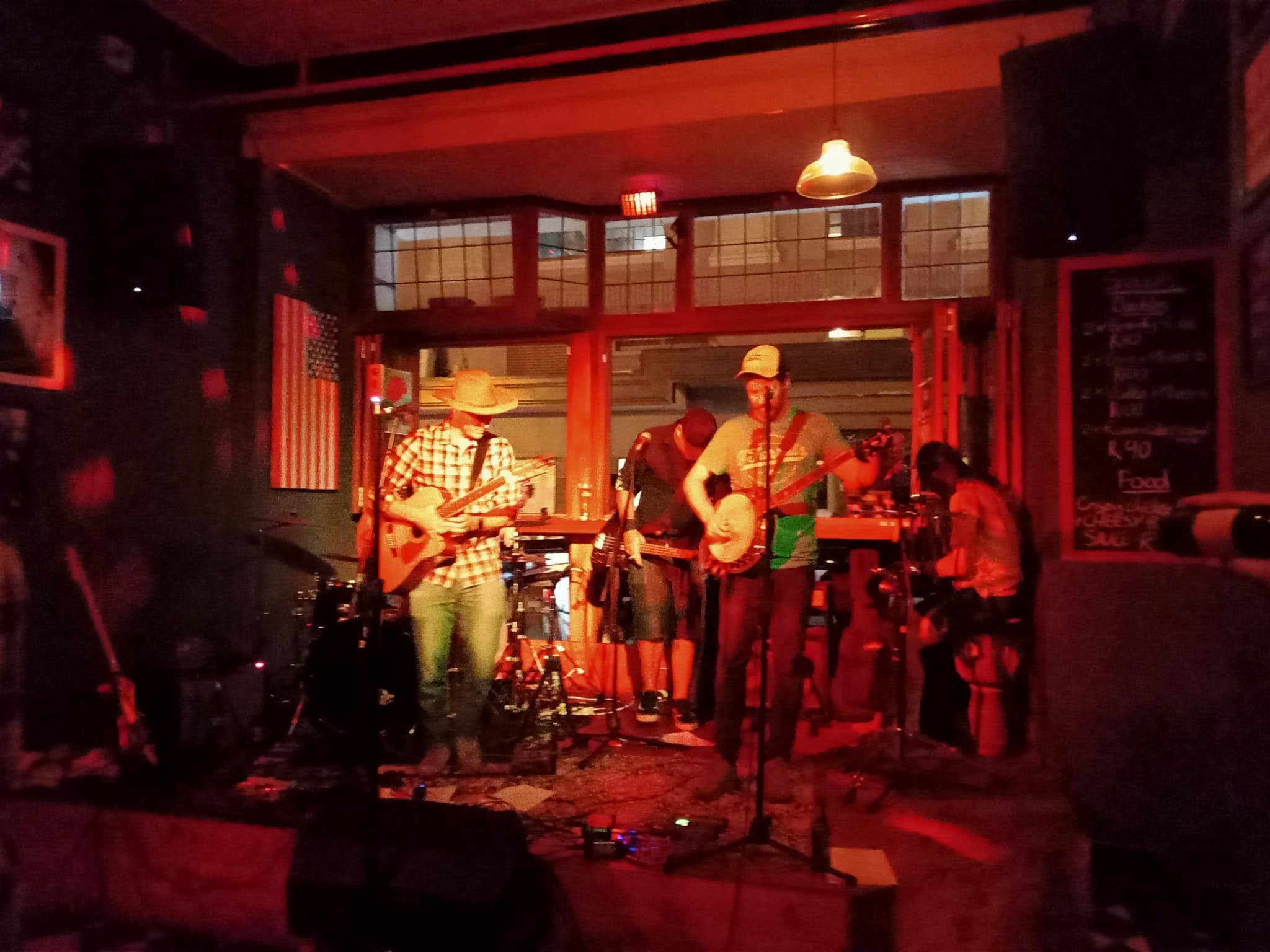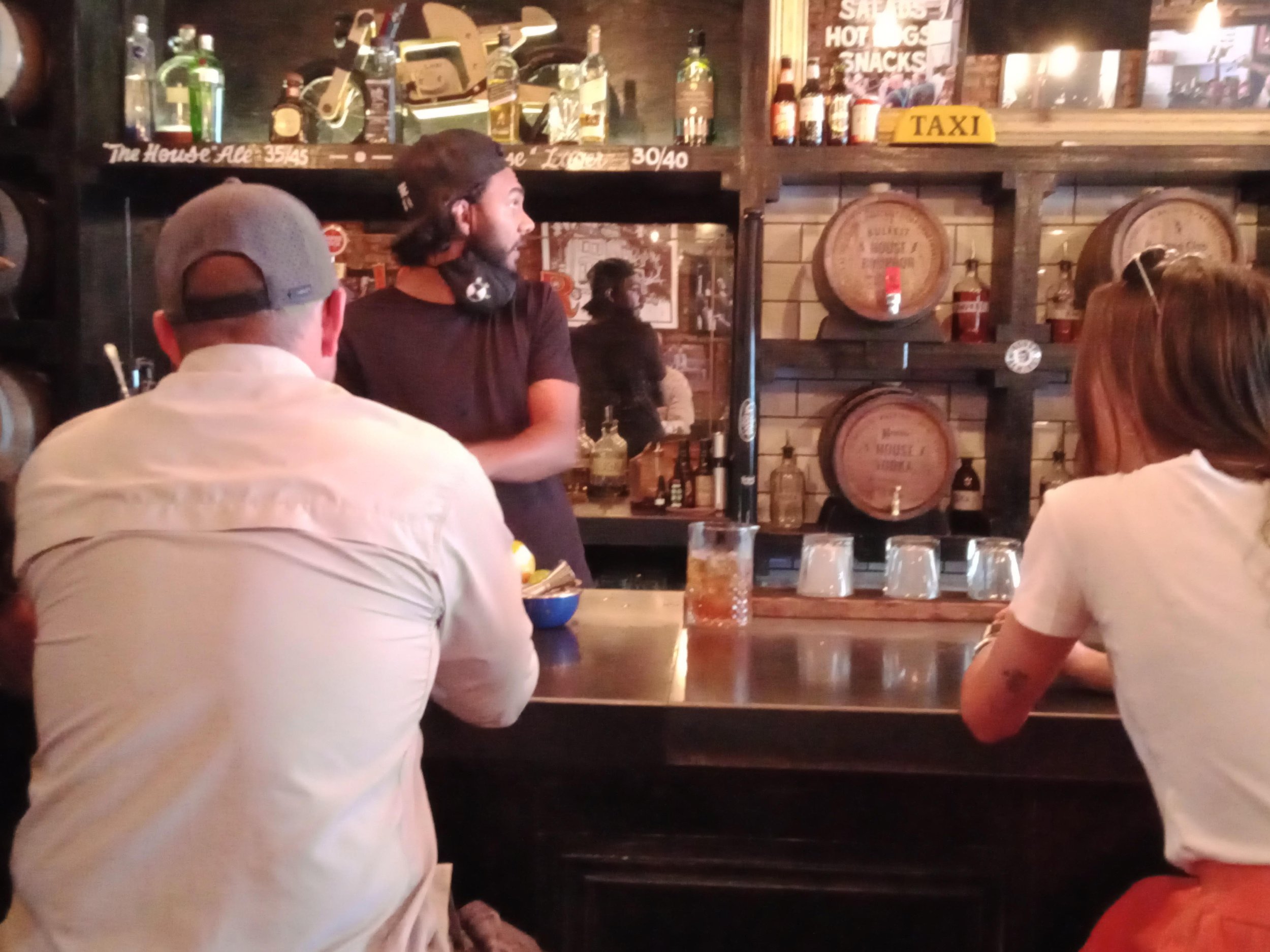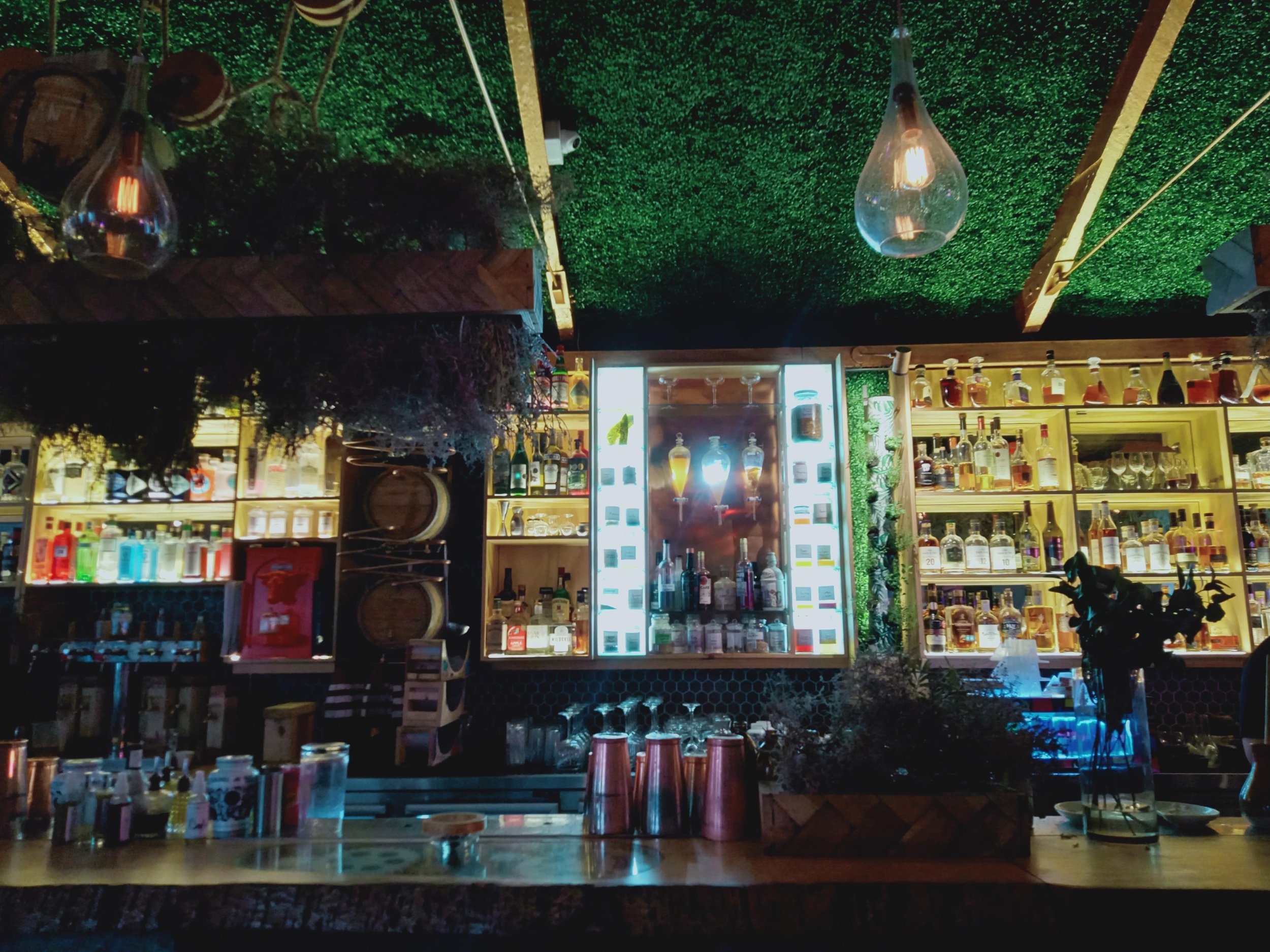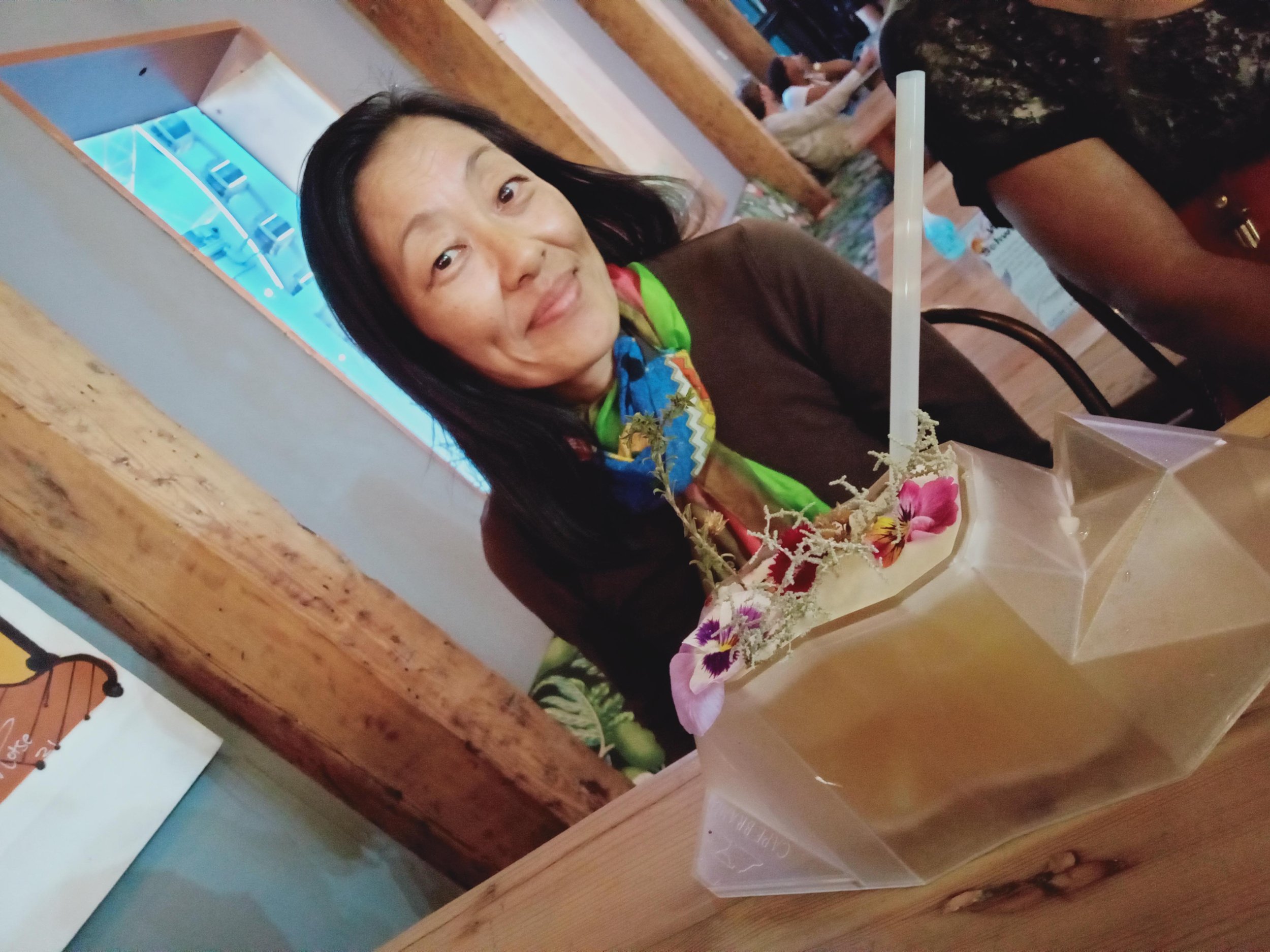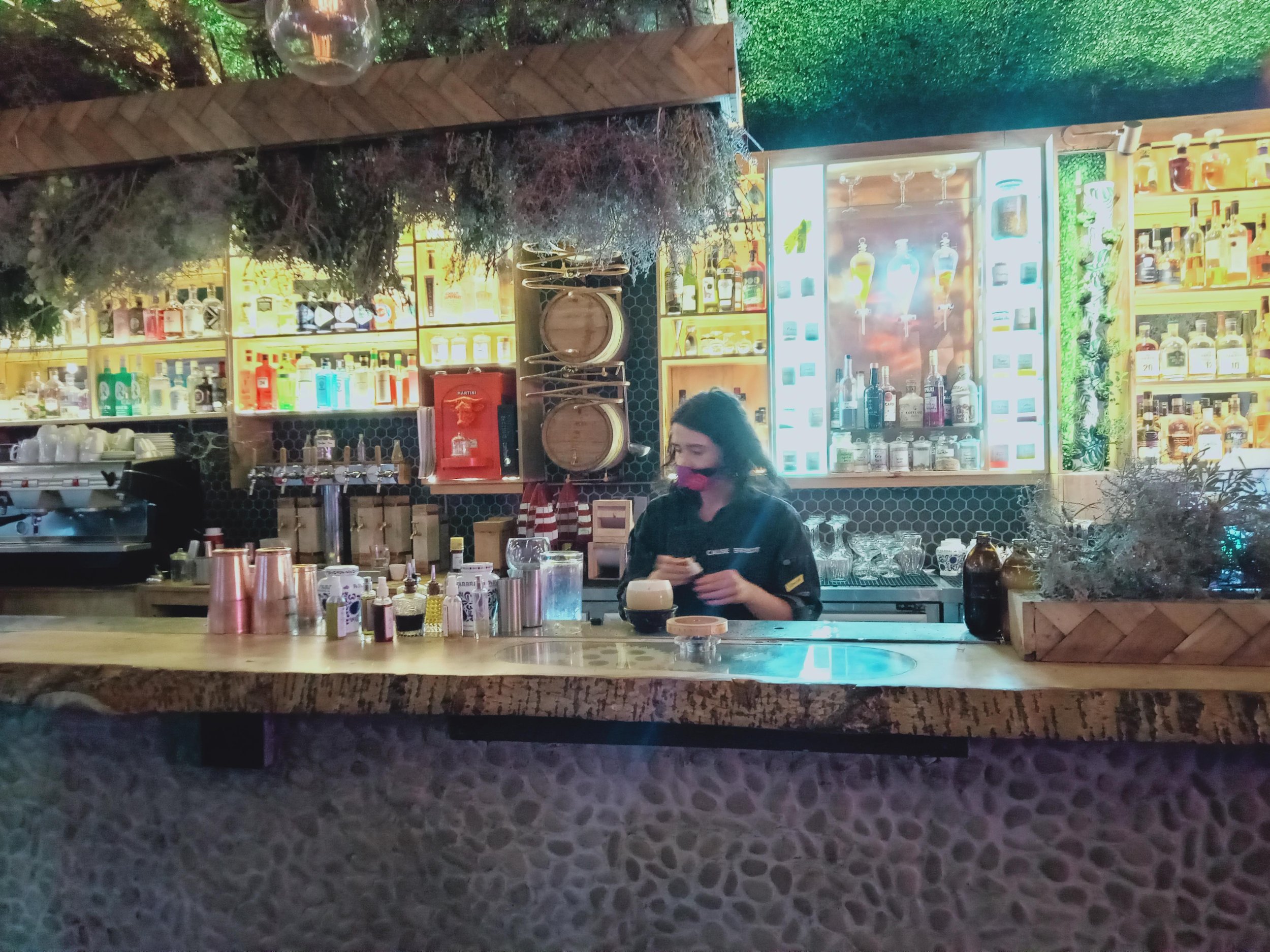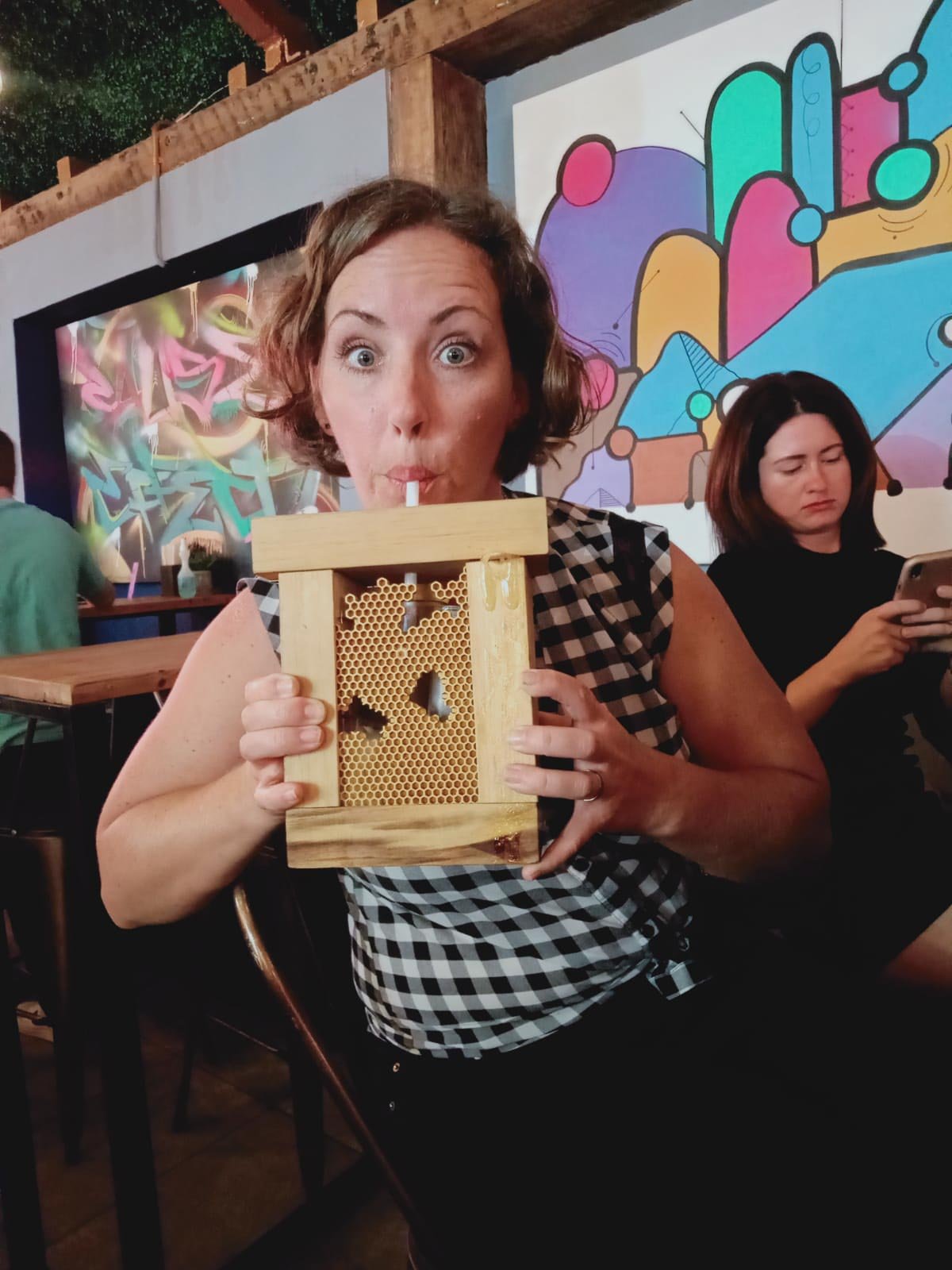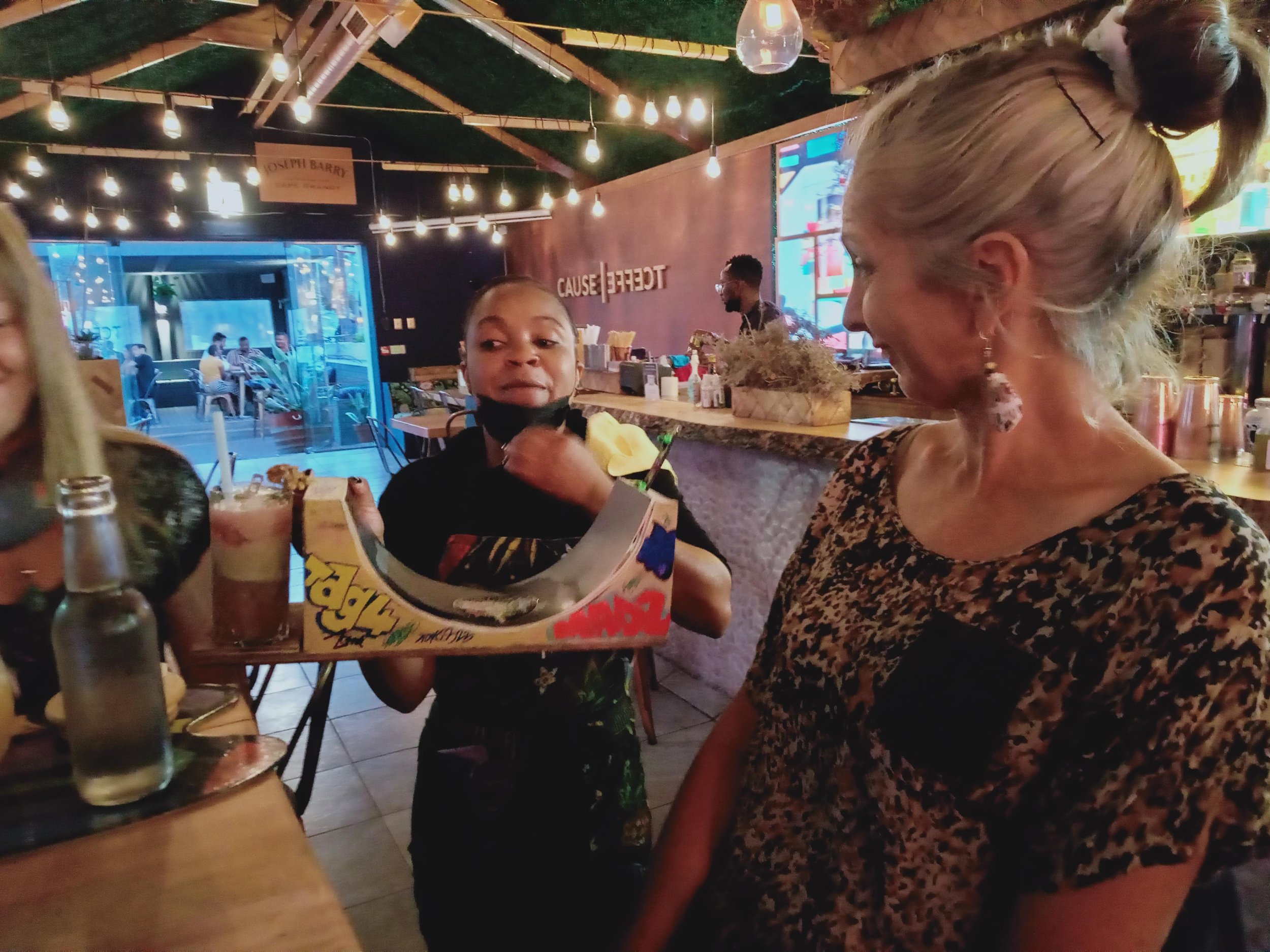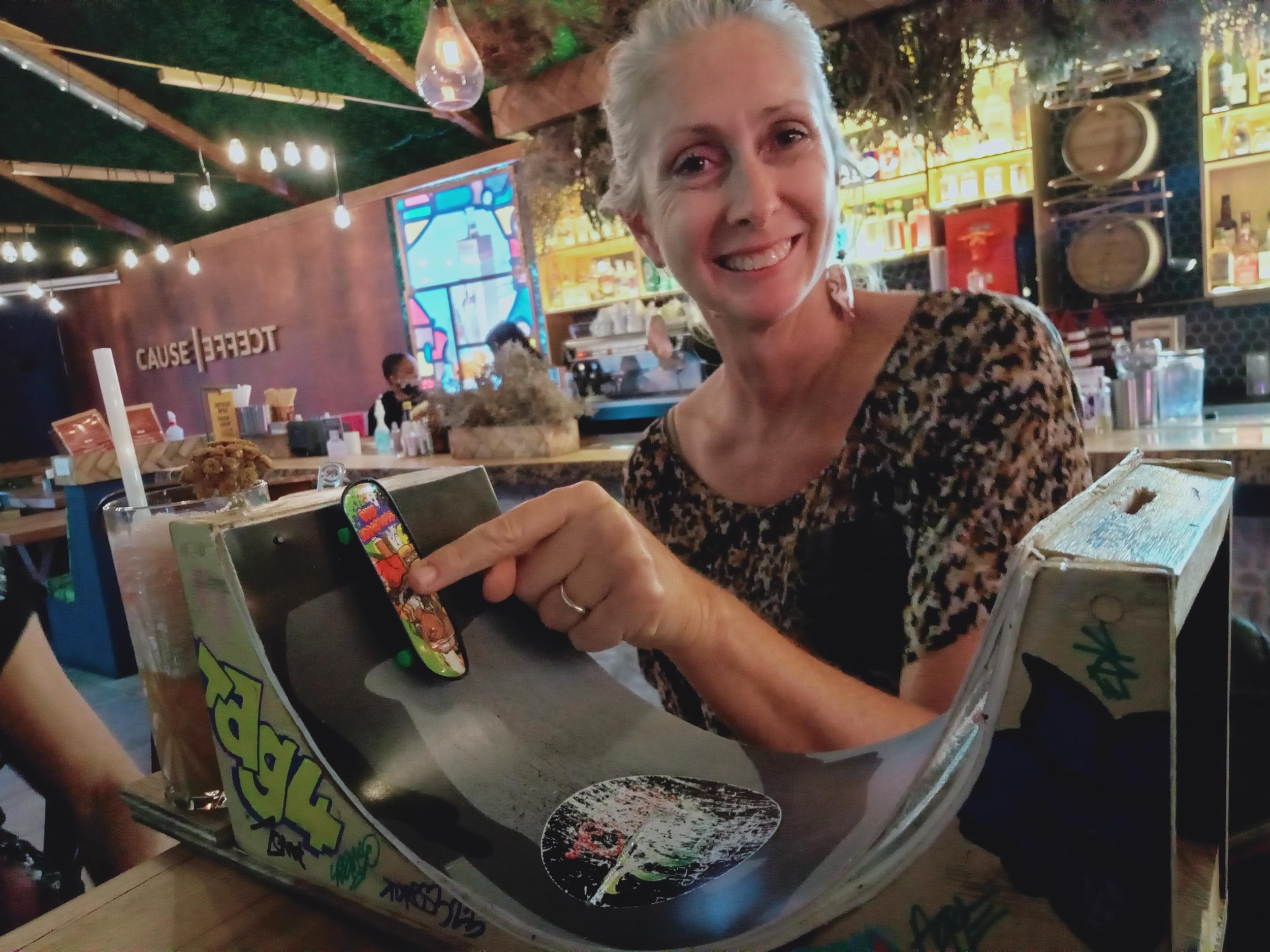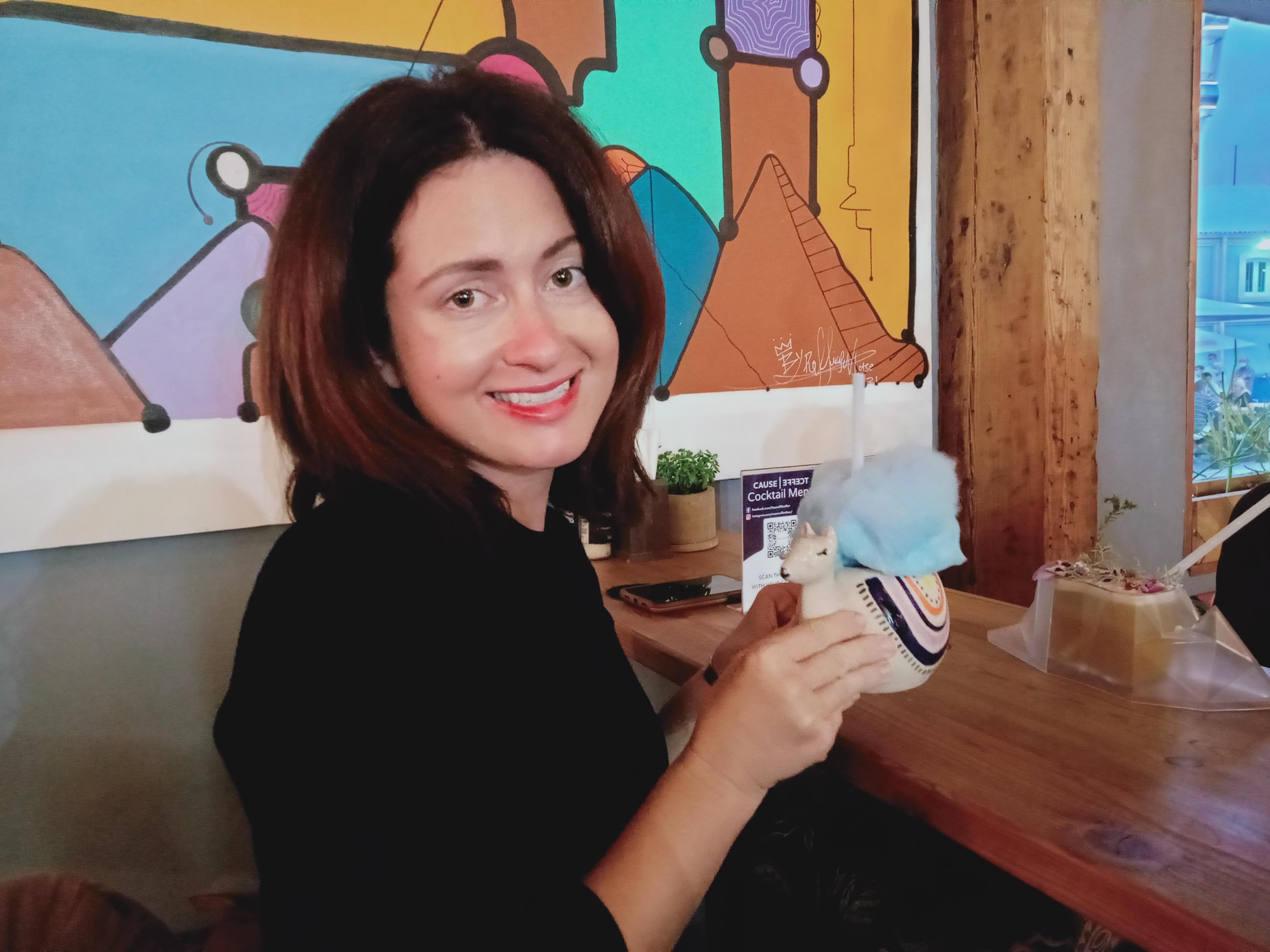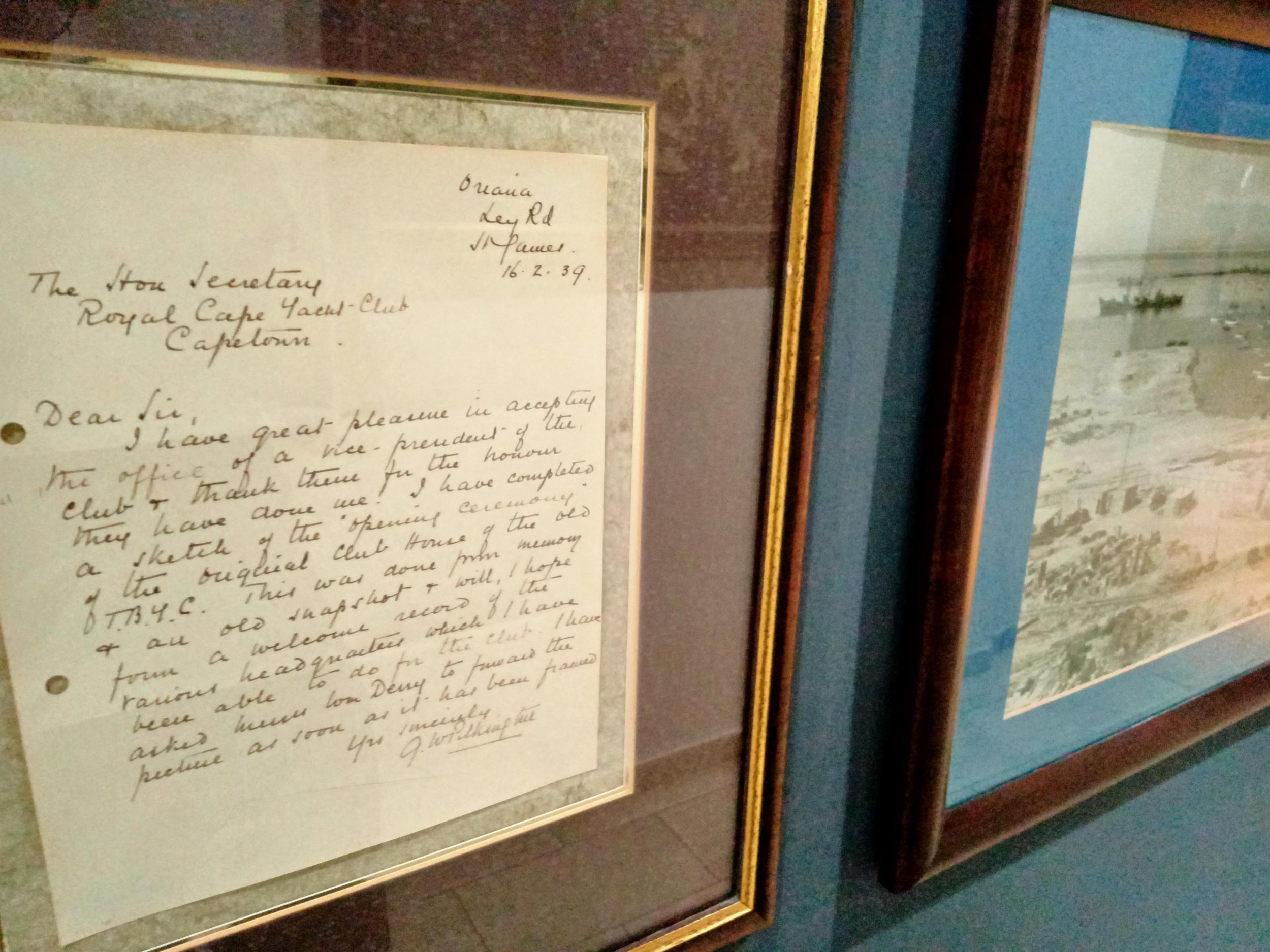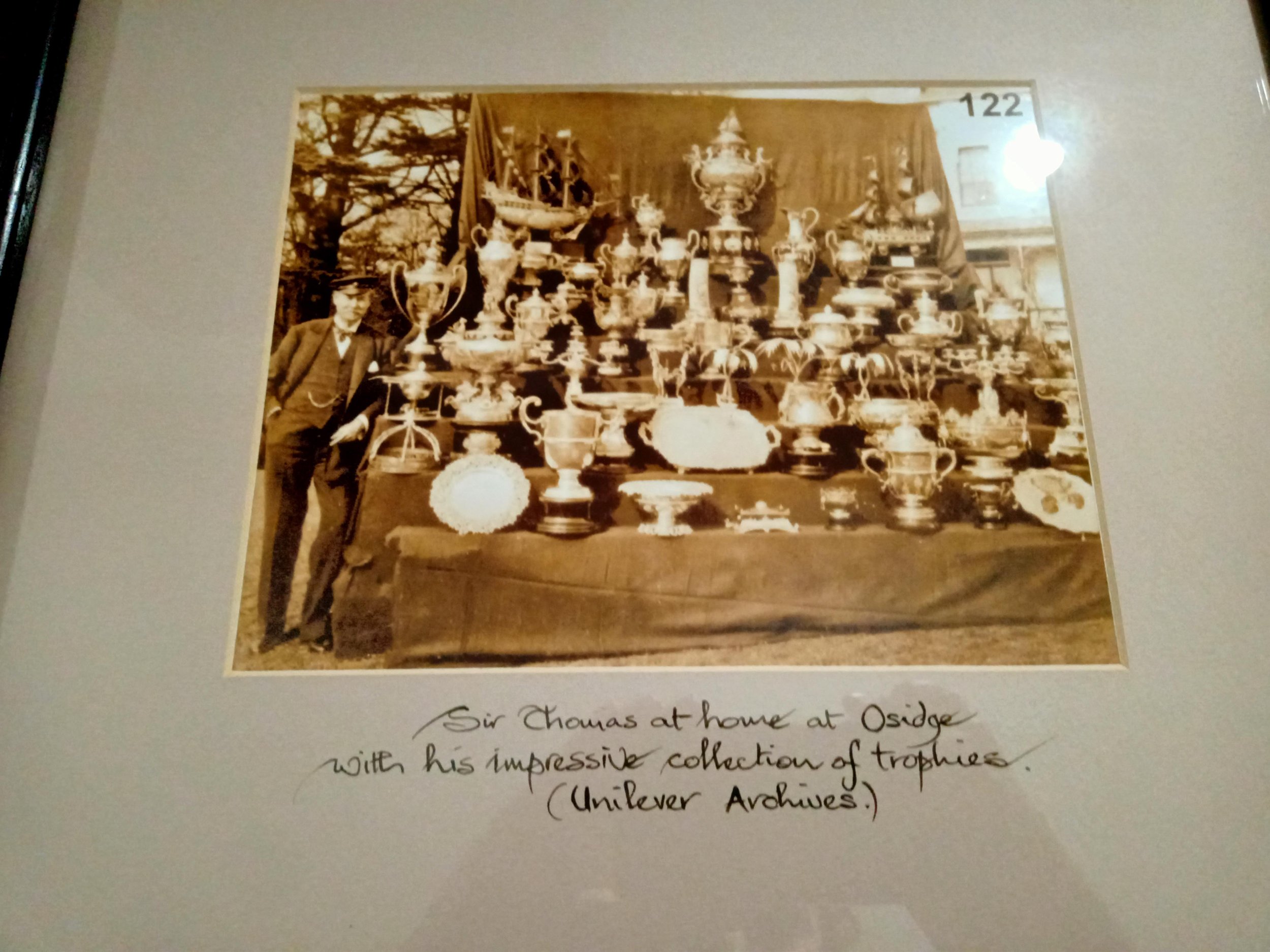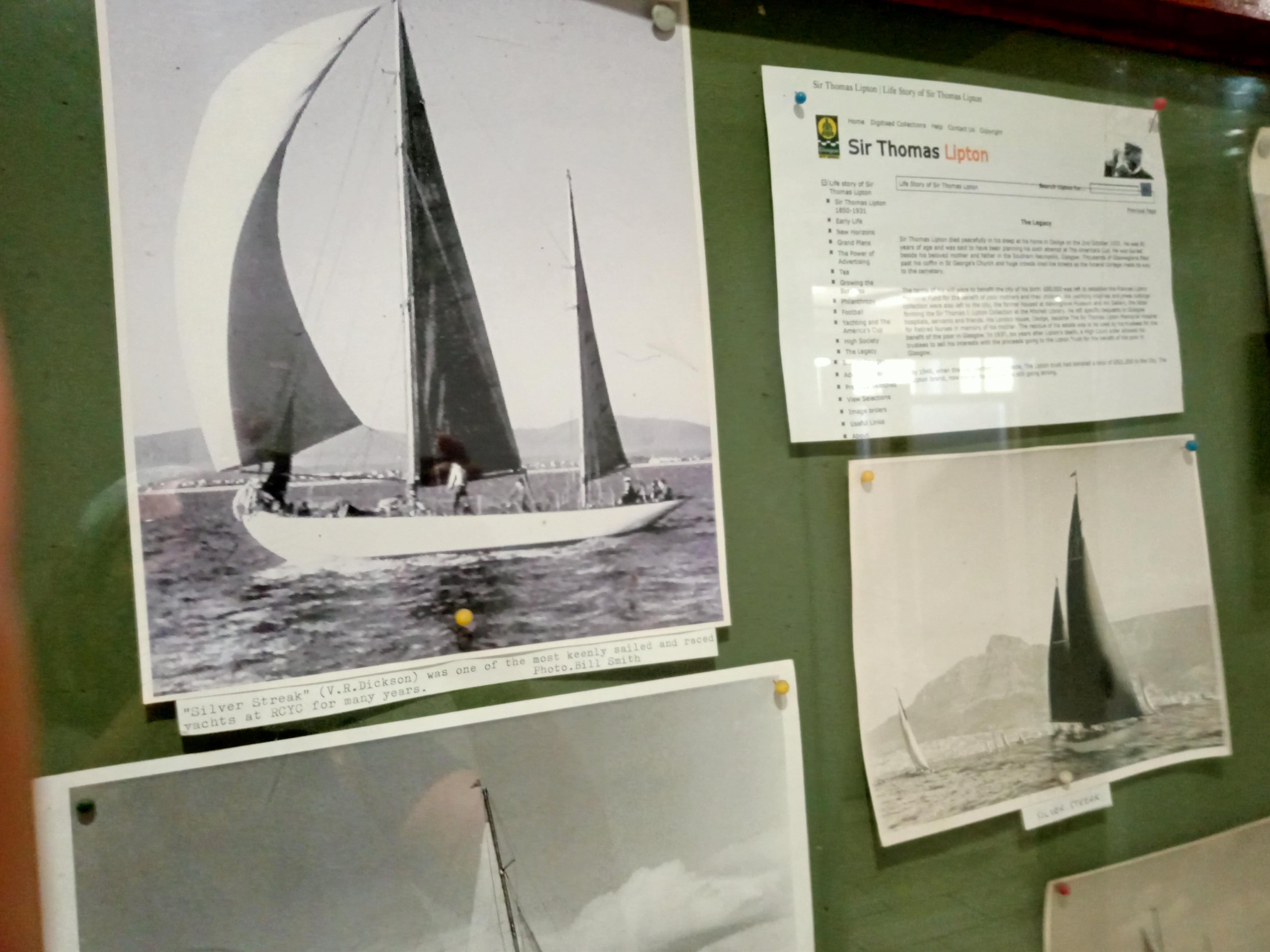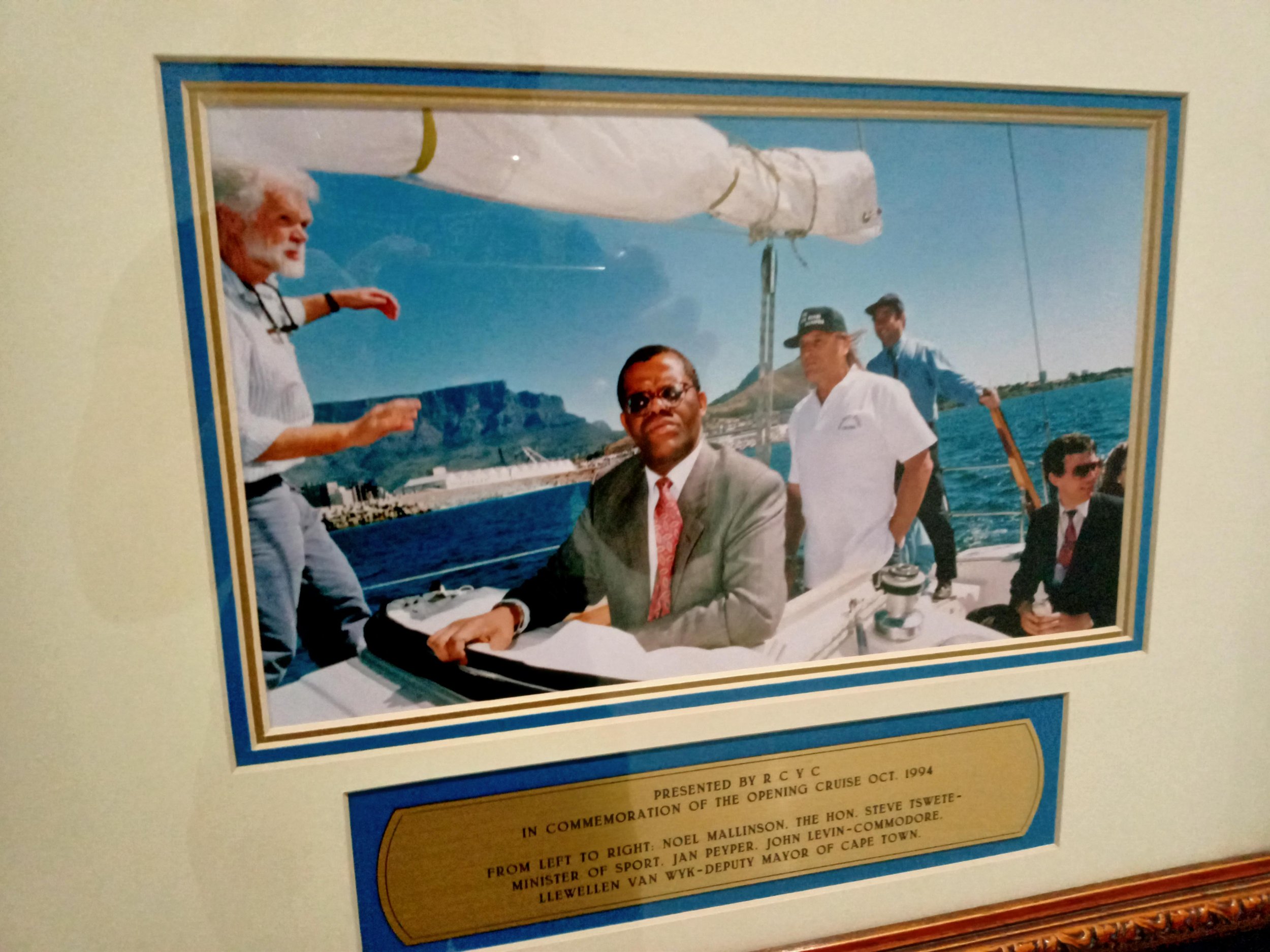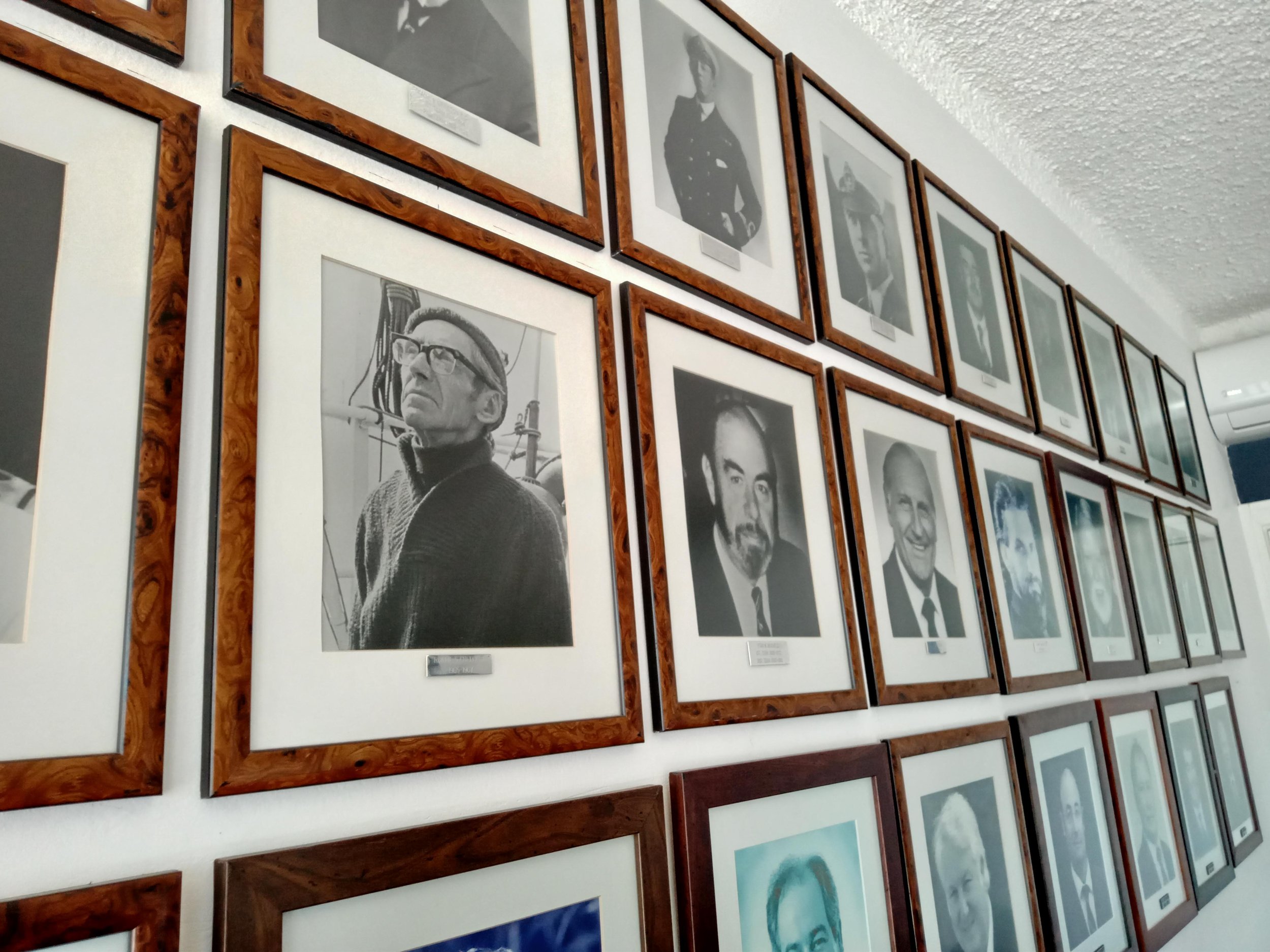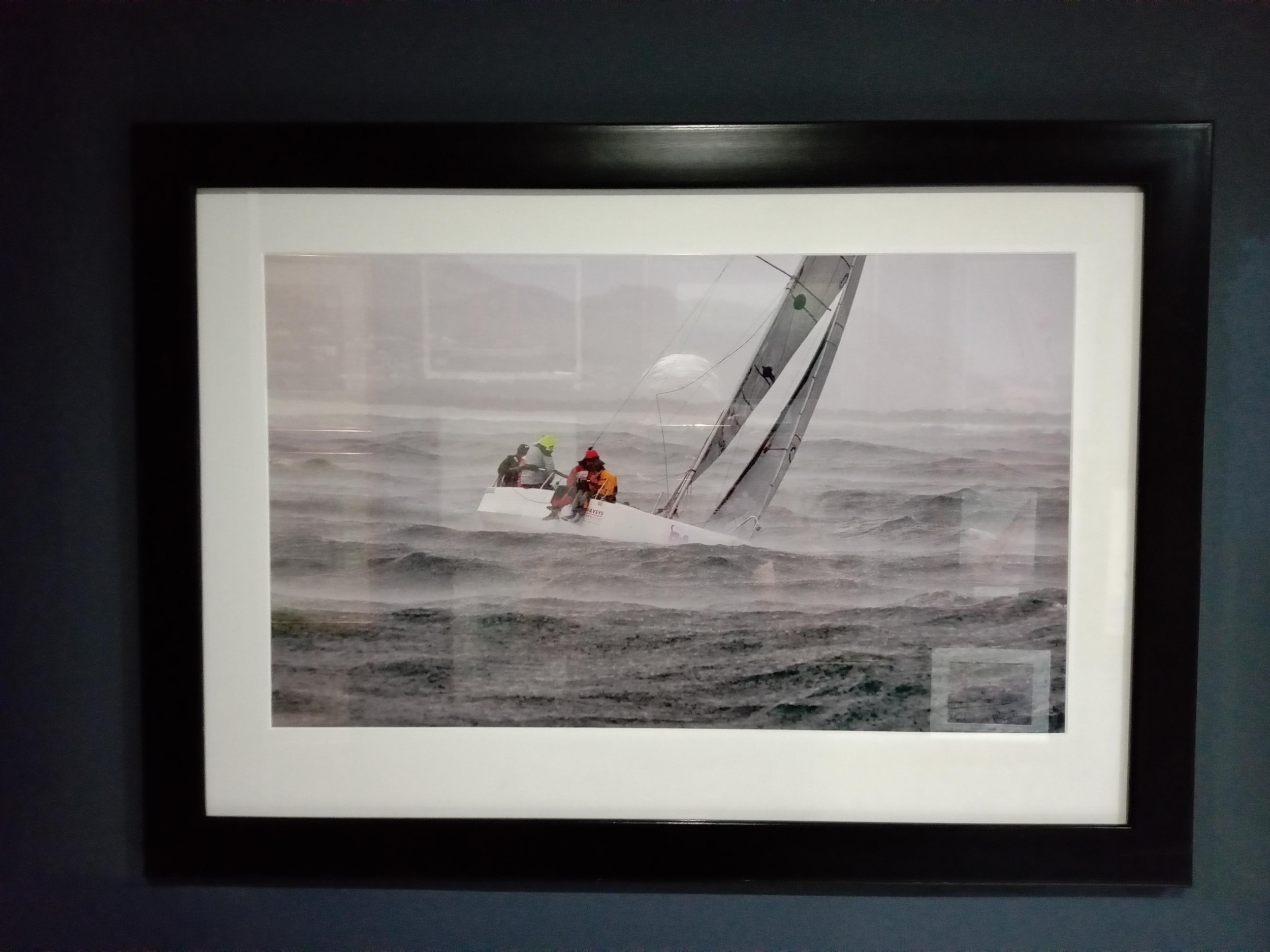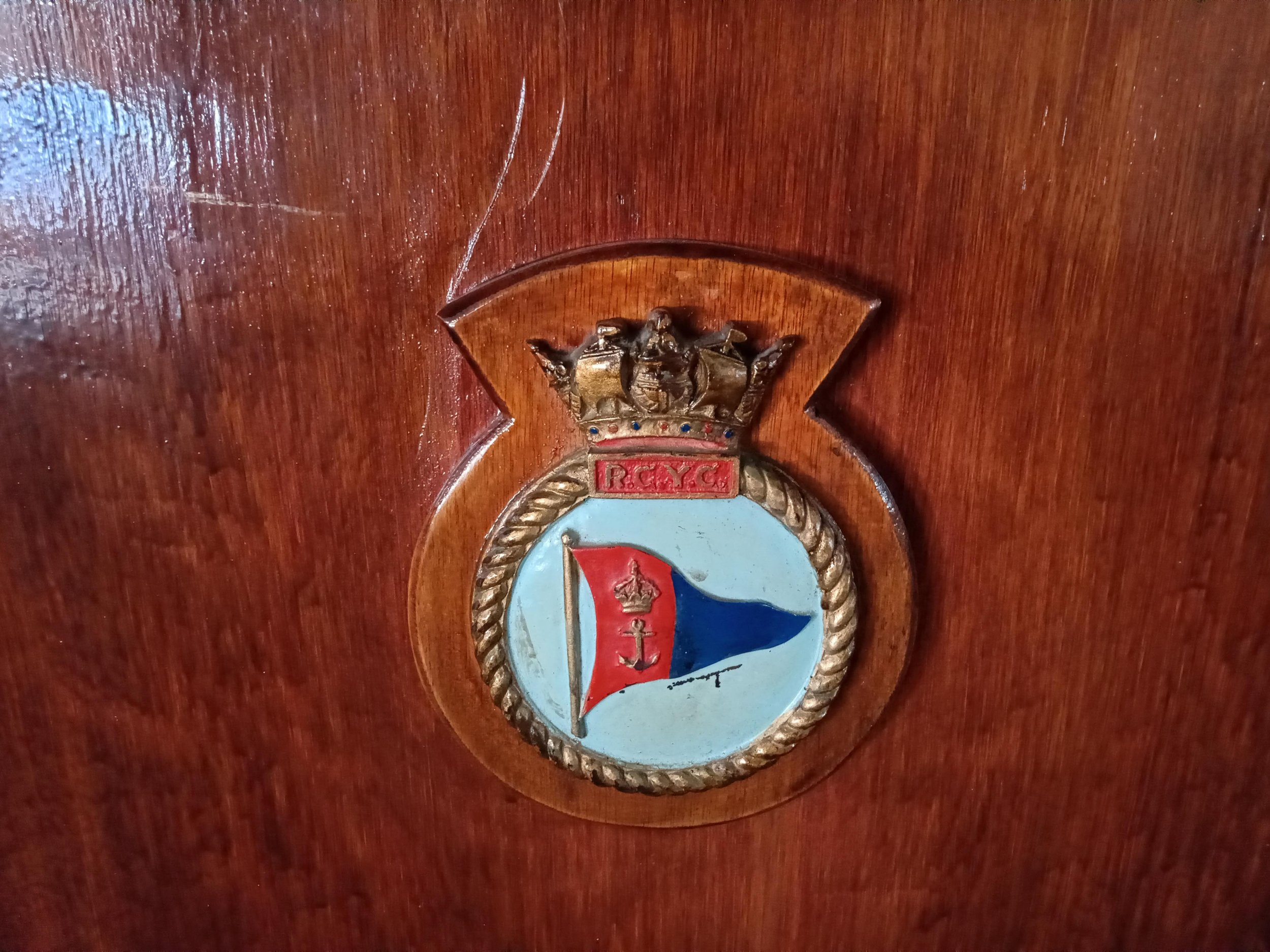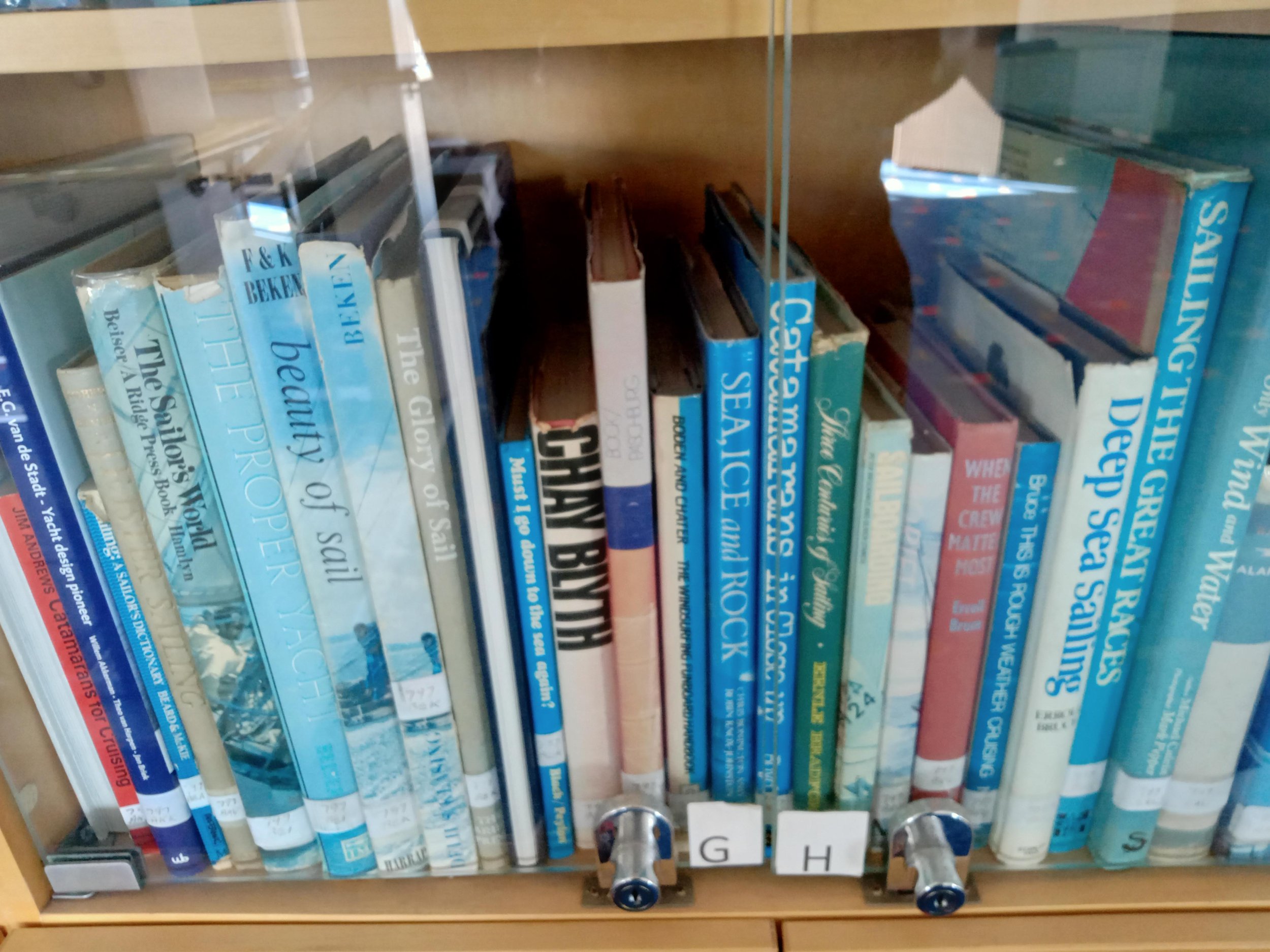We are alive!
We are still married!
Sonrisa is afloat, Grin remains ever the comedian, and the cat is still fuzzy.
We did, however, sail more than three thousand miles through some of the most remote ocean of the world between the last blog post and now. We had terribly slow and very expensive internet, if any internet at all, and I am still trying to hold down gainful employment as your favorite inveterate sea lawyer. The blog, therefore, was on hold these last several months. For that, I apologize. I’m back to it, now (I hope - technology and time permitting) and I have a whole series of fun stories stocked up for your reading pleasure.
Without further ado…Let’s Explore Cape Town!
“What in the world are you doing?"
I descended the companionway stairs arms laden with provisions for our upcoming holiday feast to find Andrew's legs peeking out from between the bow berth mattress and its base. He looked like a corner of cheese not properly tucked into its sandwich.
“Huh?” Came the reply just over a din of jostling of pieces and grunting.
“I said what are you doing?" I repeat.
Andrew backs himself out and returns to standing. “I'm rearranging the spare parts."
"Why?" I asked.
"To make space in the wine cellar of course." He explained.
Naturally. Ever since we arrived in Richard’s Bay, he had been fretting over the state of our stores. The supply of rice and canned corn has been taking up more than its fair share of space. Now, instead of focusing his efforts on the preparation of our Christmas feast, he was engaged in an untimely rejiggering of a storage plan that can only be described as “Squish and Stuff.” He had to make room, though, as Andrew planned to fill Sonrisa with a year's worth of South African grog.
Cape Town: A City Made For Sailors.
In the year 1652, a tall ship with all her masts dressed in sails slid into the Cape Port with a gentle three knot gurgle following her wake. She, and a fleet of her sister ships, were known around the world as “Dutch East Indiamen.” She, and the sailors she carried inside her, were owned by the Dutch East India Company. Their job was to carry the spoils of trade and war between Asia and the Netherlands. Gems, spices, silks, tea and ceramics, exotic animal species, sexually transmitted diseases...and Katherine Hepburn says not to forget the Ship's cats. This particular Indiaman, however, arrived with a different task. She was laden with supplies, men, and big plans to build a city.
Cape Town.
Cape Town is nestled in a port located about halfway between Asia and Europe, with an abundance of its own natural resources, fertile soil, and protected from the harsh Southern Ocean weather. It seemed the perfect place to build an outpost for sailors to re-provision their ships and complete repairs before/after long miles through remote oceans of the Atlantic on one side and the Indian Ocean on the other.
The Dutch East India Company started the outpost and hoped to enlist the local tribes in the work to build a city. However, the Khoasa and Zulu tribes refused. They provided cattle, but not labor to the newly arrived Companymen. To solve their need for labor, the Dutch East India Company conscripted people from East Africa, Madagascar, and Malaysia to build Cape Town. The usual slavery, forced labor, land/resource grabs, racism, classism, and general maltreatment associated with colonization followed. The United Kingdom and the Netherlands fought for control of the port and over South Africa, generally. Wars and acts of genocide were waged. Through a long history of strife, the Cape Town of today is a world class city that reflects both the struggle and beauty of its people. It also continues to play host to many a tired ship and sailor, replenishing our “spirits” and preparing us to cross our next ocean.
Admittedly, wine and “grog” aren’t the same thing. The word “grog” originated in 1740 when a British Vice-Admiral Edward Vernon introduced a new beverage into his squadron’s daily rations. Comprised of one part rum, one part water, and spiked with lemon or lime juice, “grog” was part of sailors’ daily rations to ward off scurvy, a disease caused by a long-term lack of Vitamin C. Vice-Admiral Vernon was nicknamed “Old Grog” for the old coat of grogram cloth he tended to wear, and so the sailors took to calling the new concoction he offered “grog.” Now-a-days, however, sailors use the term as slang for any kind of alcoholic beverage. With Cape Town’s original raison d’etre being a city built for sailors, we were not surprised to find all manner of delicious “grog” to choose from: gin, craft beers, and some of the best wine in the world.
Indeed, South Africa boasts its very own wine varietal called “Pinotage.” Pinotage is the lasting legacy of Professor Abraham I. Perold, the first professor in Viticulture and Oenology at the University of Stellenbosch. He dreamed of creating a wine grape varietal unique to his “motherland” of South Africa. In 1925, he successfully crossed a Pinot Noir vine with Cinsaut vine (also sometimes known as Hermitage). To be clear, a Pinotage does not blend the juice of these two grapes; Pinotage is a single vine that was created by cross-pollinating the Pinot Noir and Cinsaut vine until a baby vine, the first of its kind, is born. Professor Perold planted a few seeds from his new vine at his university house in Welgevallen. This probably wasn’t the best place to put them, though, as one day, they almost were cleared away by an overzealous gardener tidying up the weeds and shrubbery! For safety’s sake, the vines were then moved into the hands of Professor Charl Theron de Waal and to Elsenburg Agricultural College where their cultivation carried forward. This “Pinotage” vine produced its first barrel of wine in 1941, but before the wine could age and ferment, tragedy struck. Professor Perold passed away without tasting South Africa’s new wine.
“Oh my gosh, Andrew! Listen to this,” I’d said and read aloud the Legend and the Tragedy of Professor Perold and his vine. “We must drink the Pinotage. All the Pinotage.” Andrew bobbed his dark eyebrows in agreement, and his eyes sparkled as he pulled the couch cushion away from the storage locker behind it.
"Look!" he says, displaying an area we devote to boxes of crackers. It was empty, now, awaiting the addition Pinotage.
"Very good, babe! I am so proud." And I was, too. This is the kind of project I can really get behind.
With almost 2,700 wineries to choose from in South Africa, we could “lose not a minute!” as they used to say in the British Navy. Luckily, our friends Nils and Margret had given us a nice list of their favorite wineries to start from. We unfolded our note of scrap paper on the topic and huddled over it with Pete and Jen the very first night we arrived in town. With our land-based “Grog-Wagon” already acquired (i.e. a tiny tin can of a rental car not quite suited to carrying four sailors and 10-15 cases of wine in one go), all we need do now is chart our route.
But first, we had to make it through Christmas.








